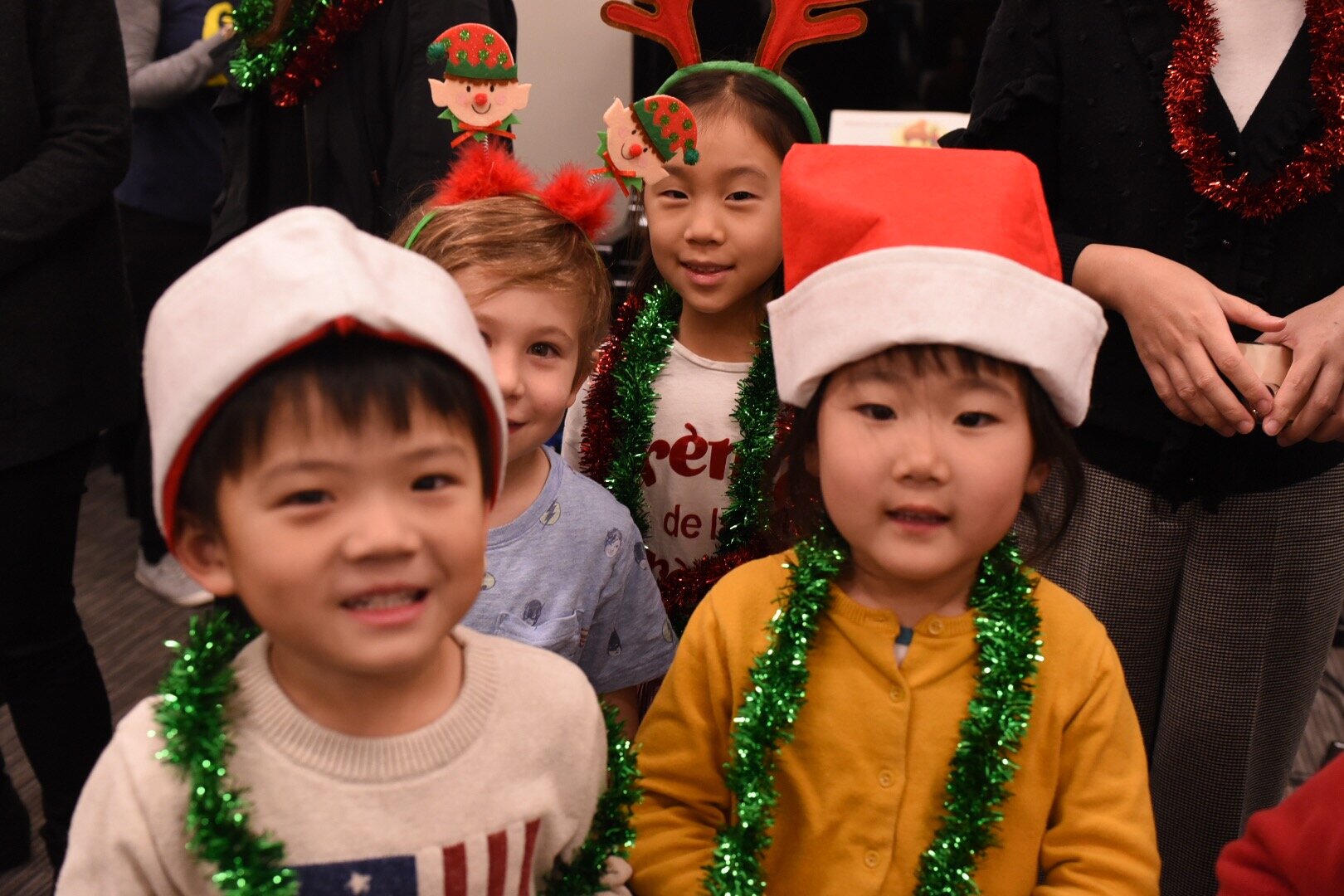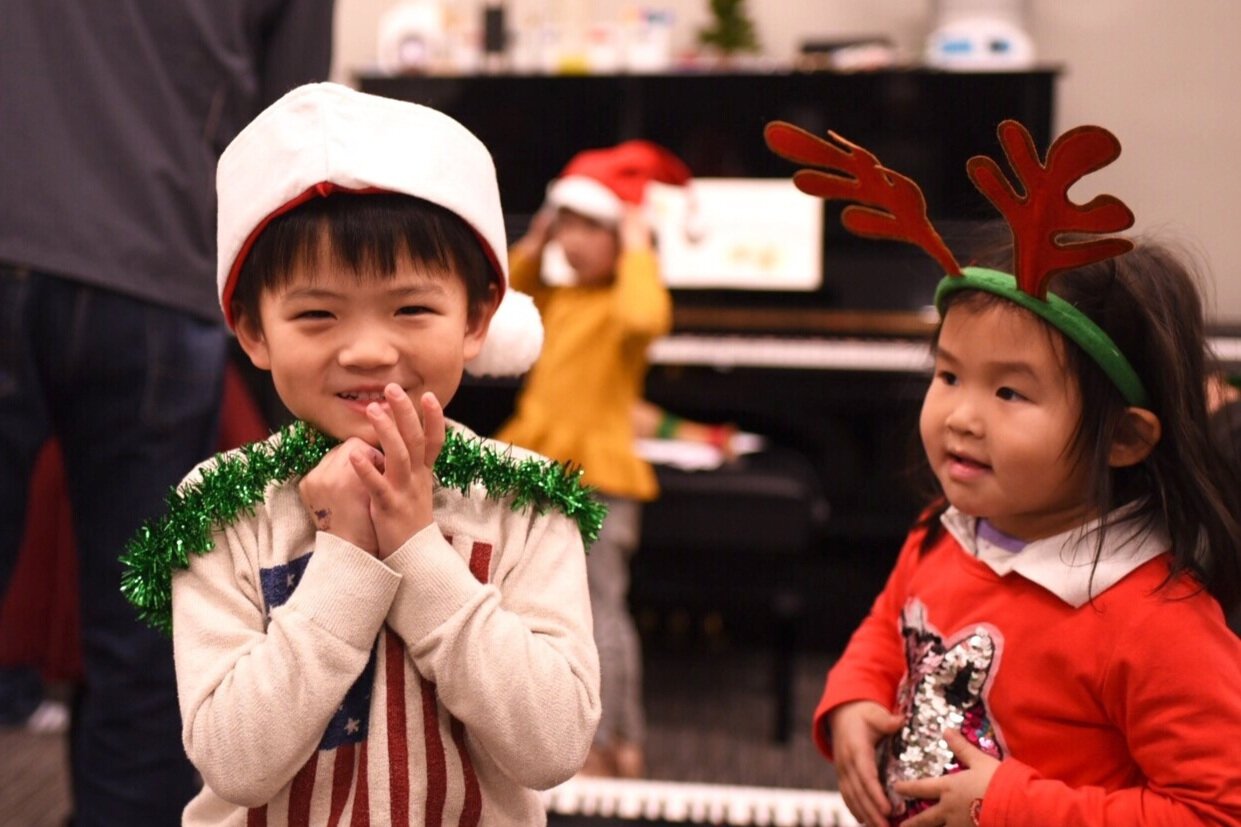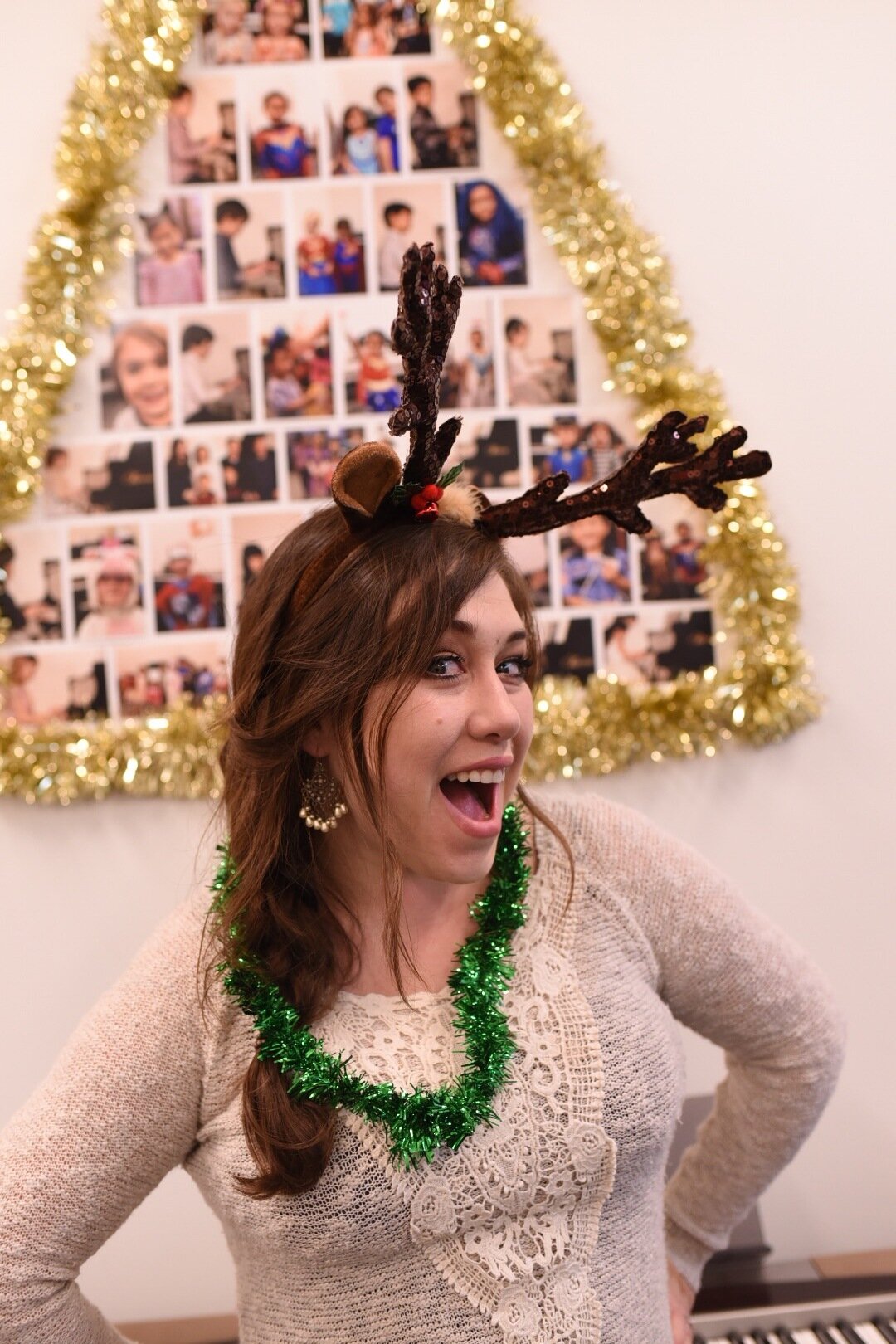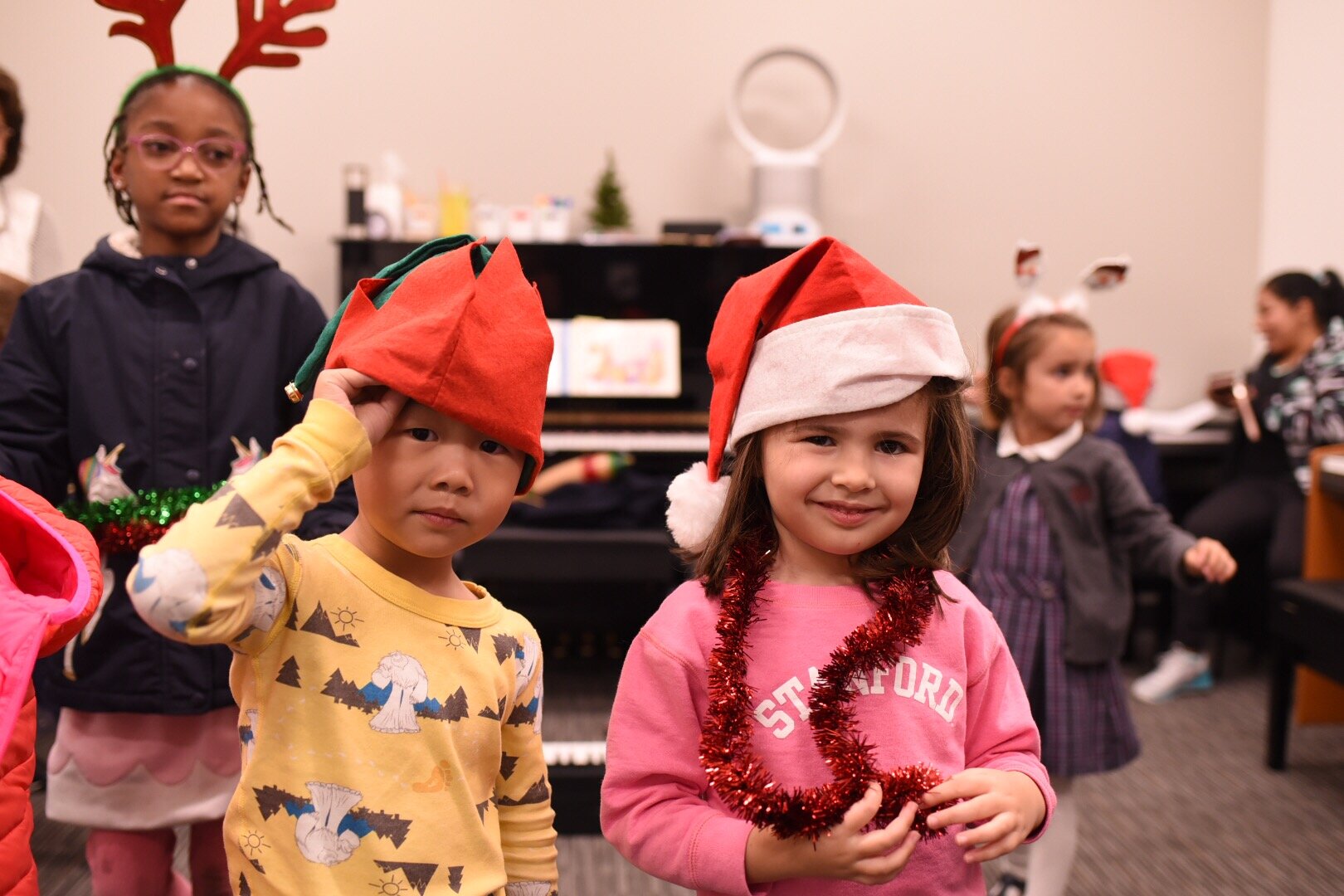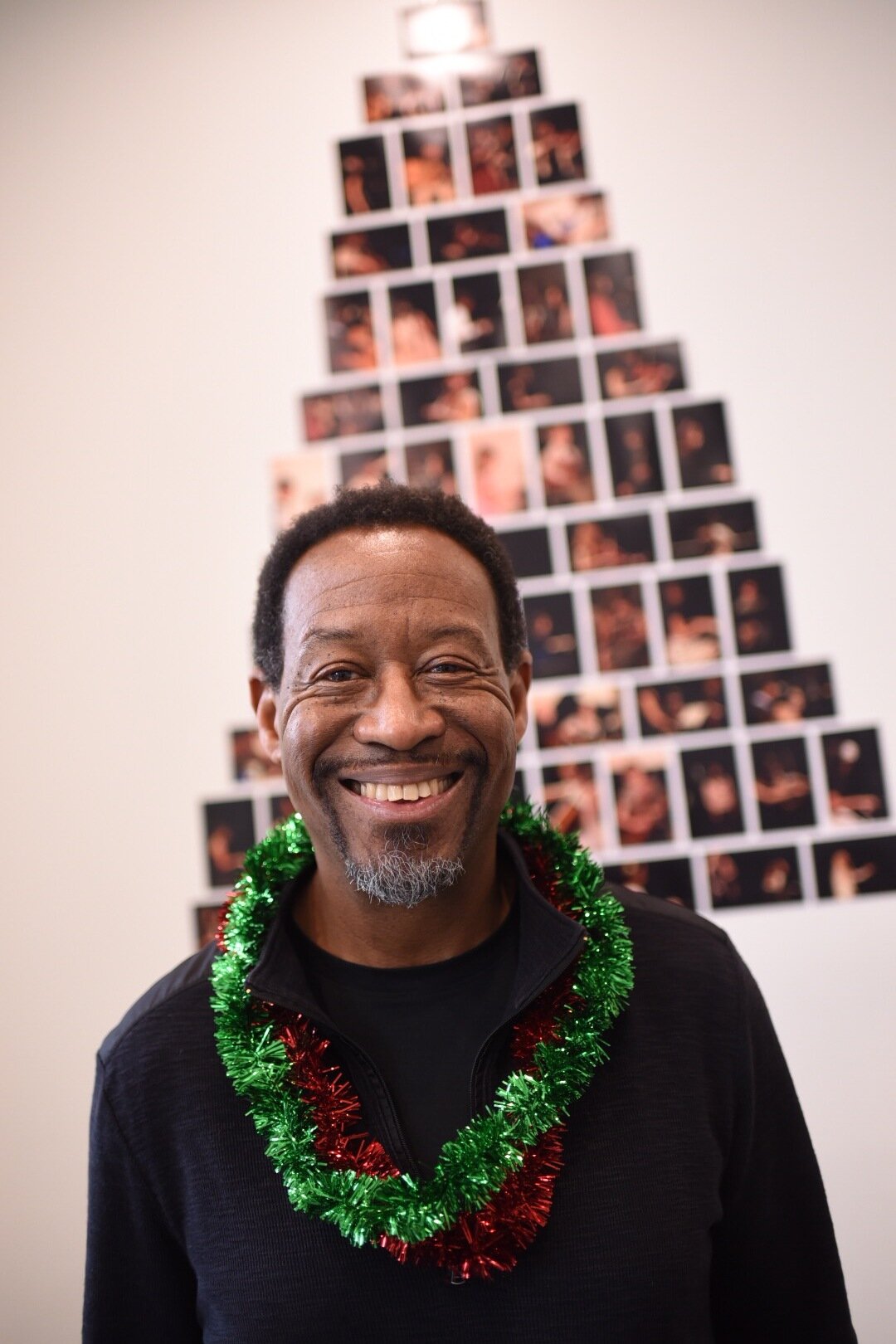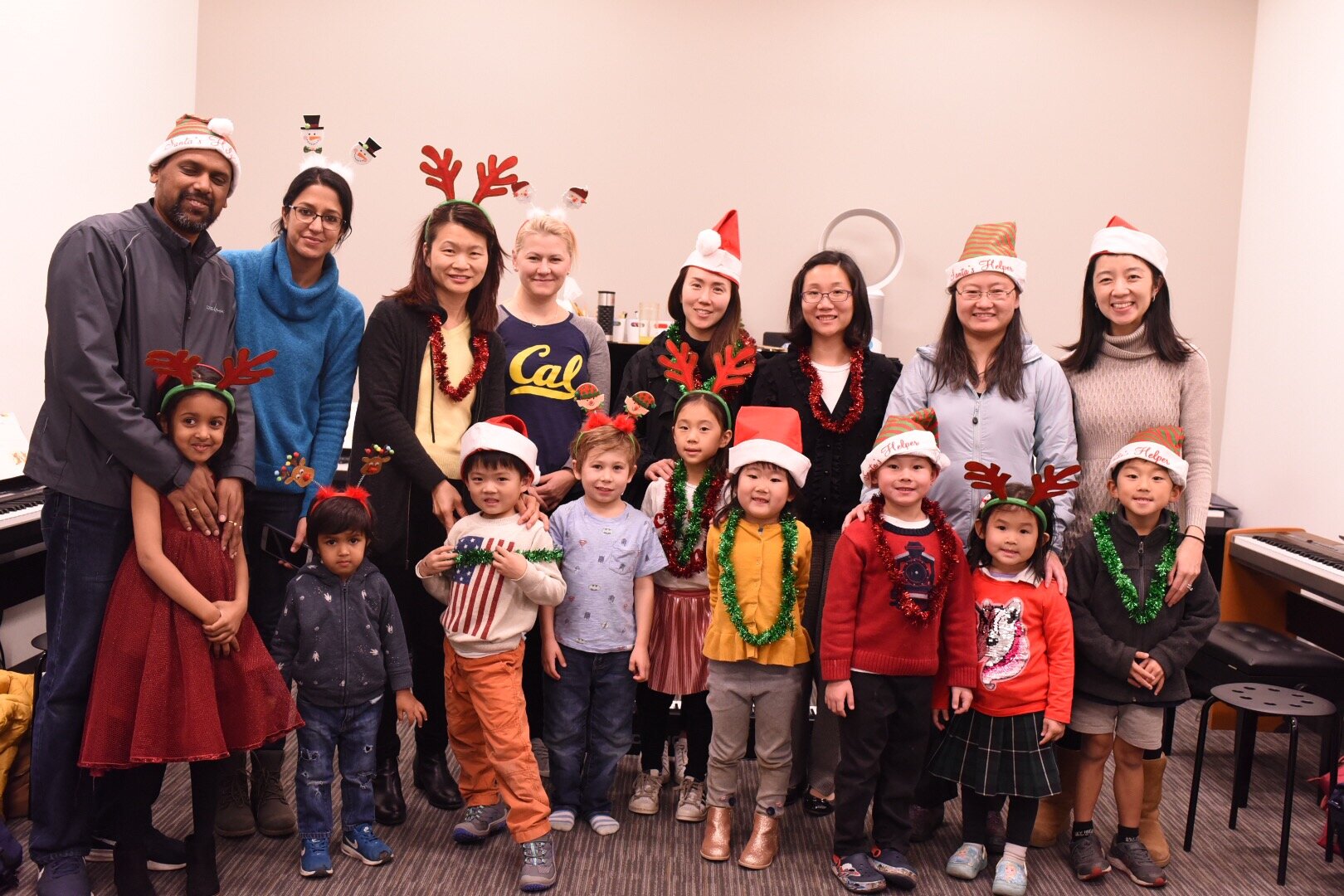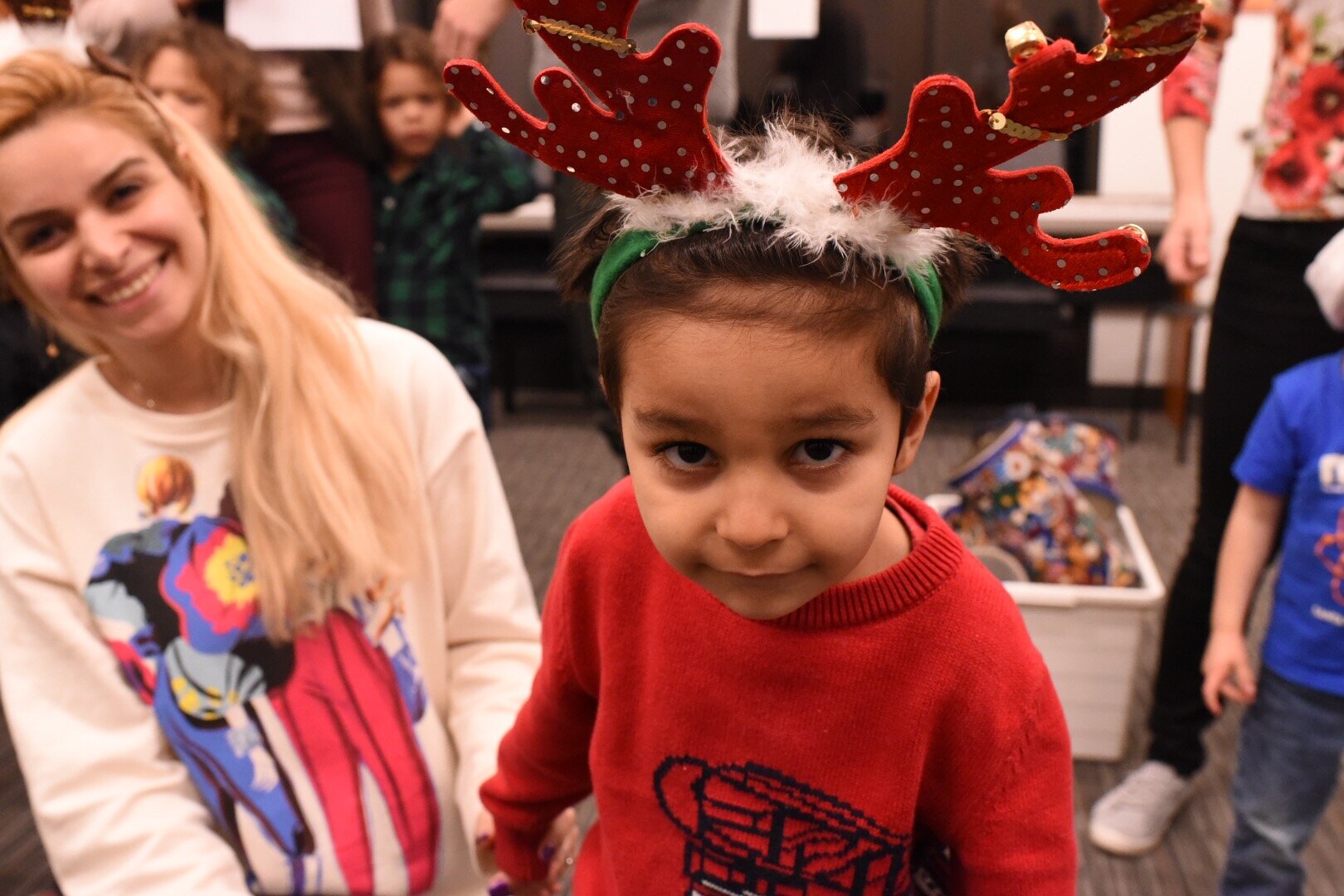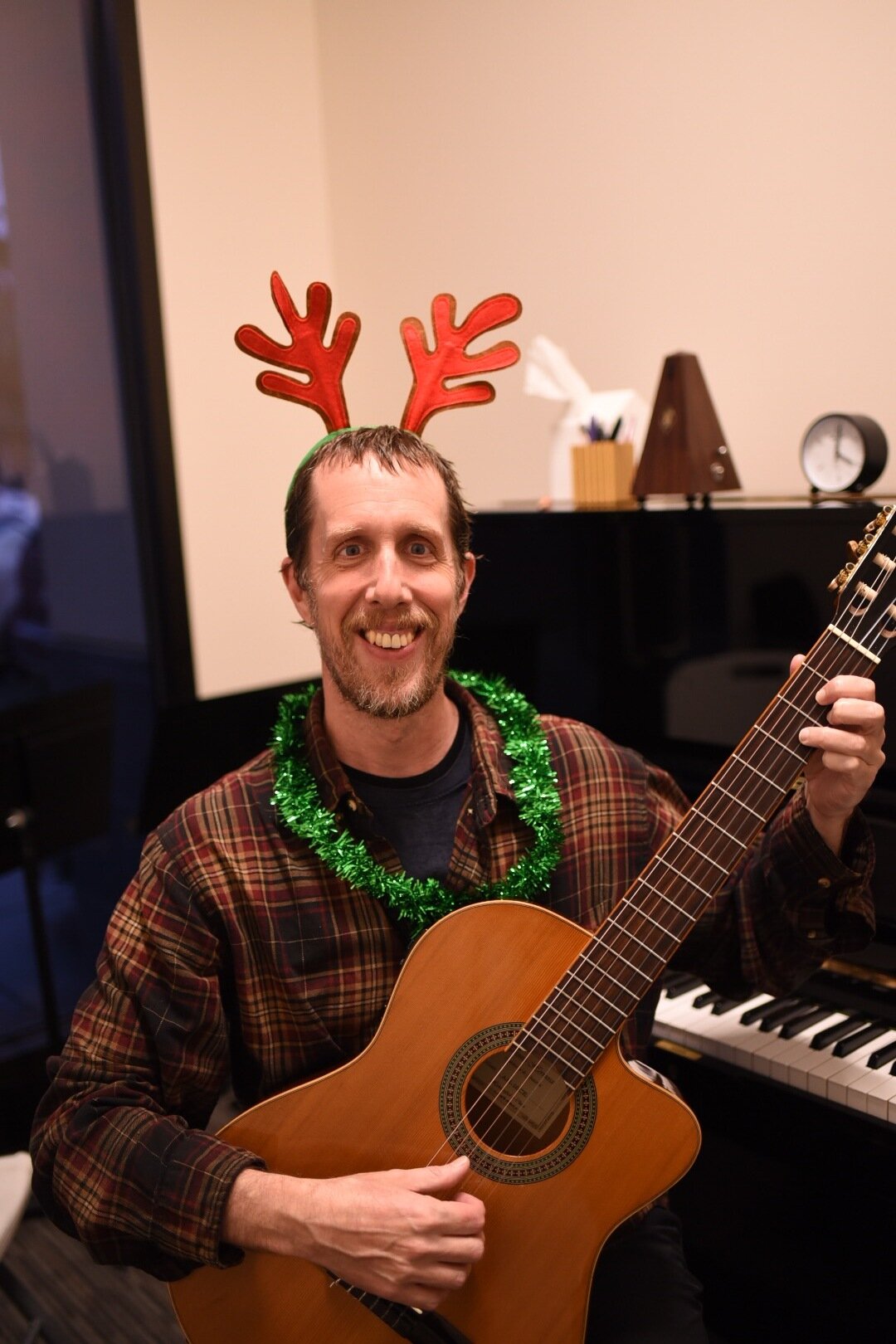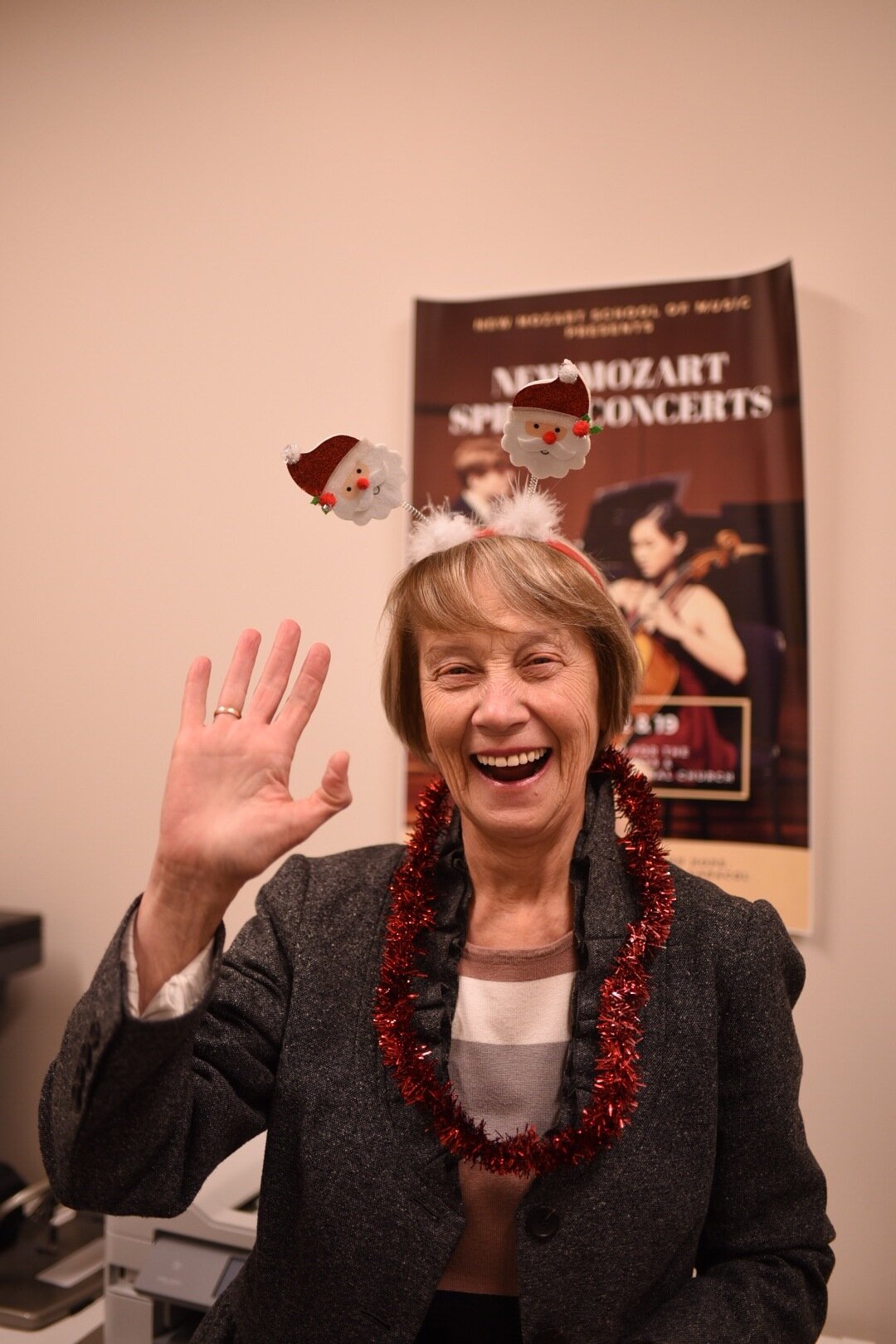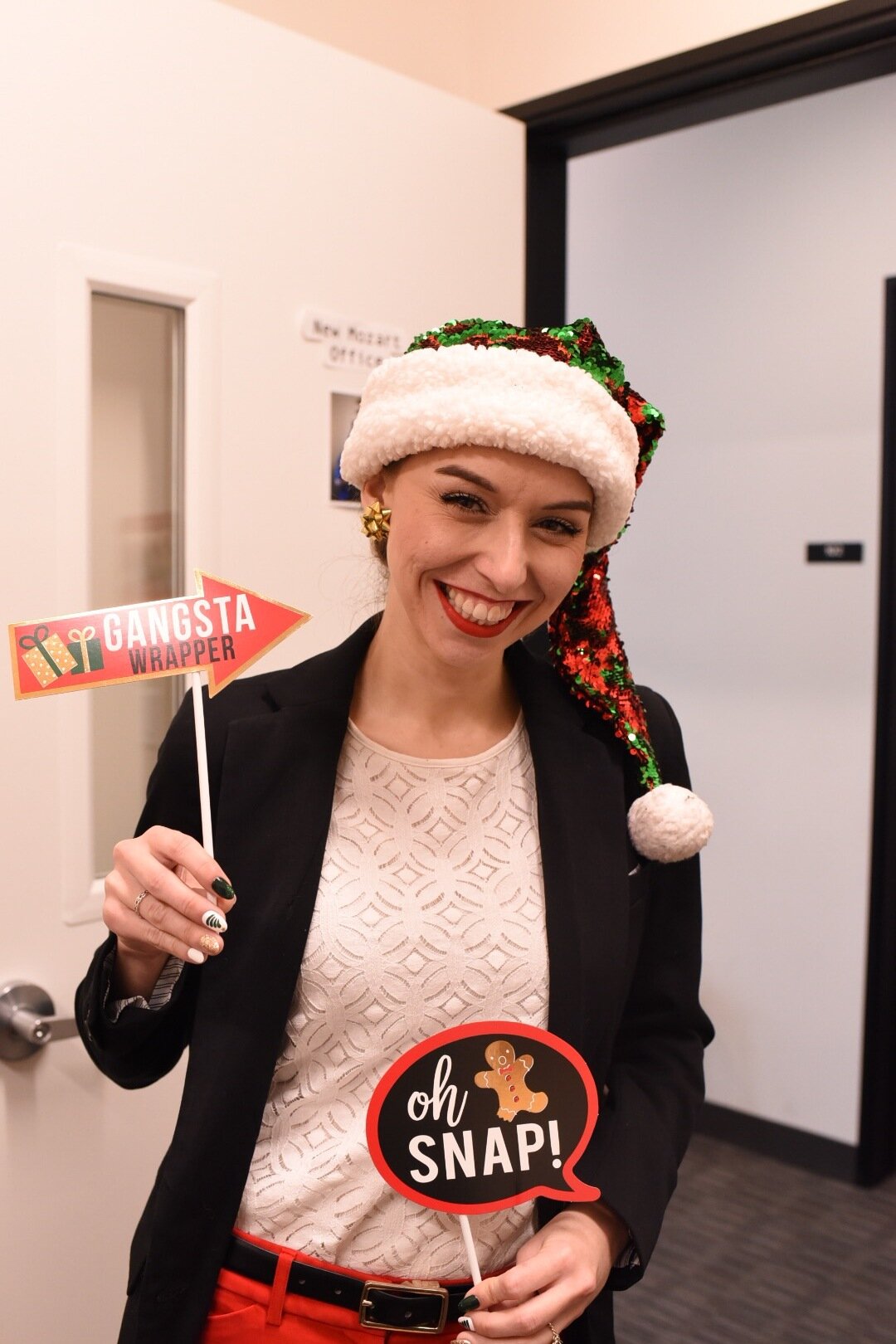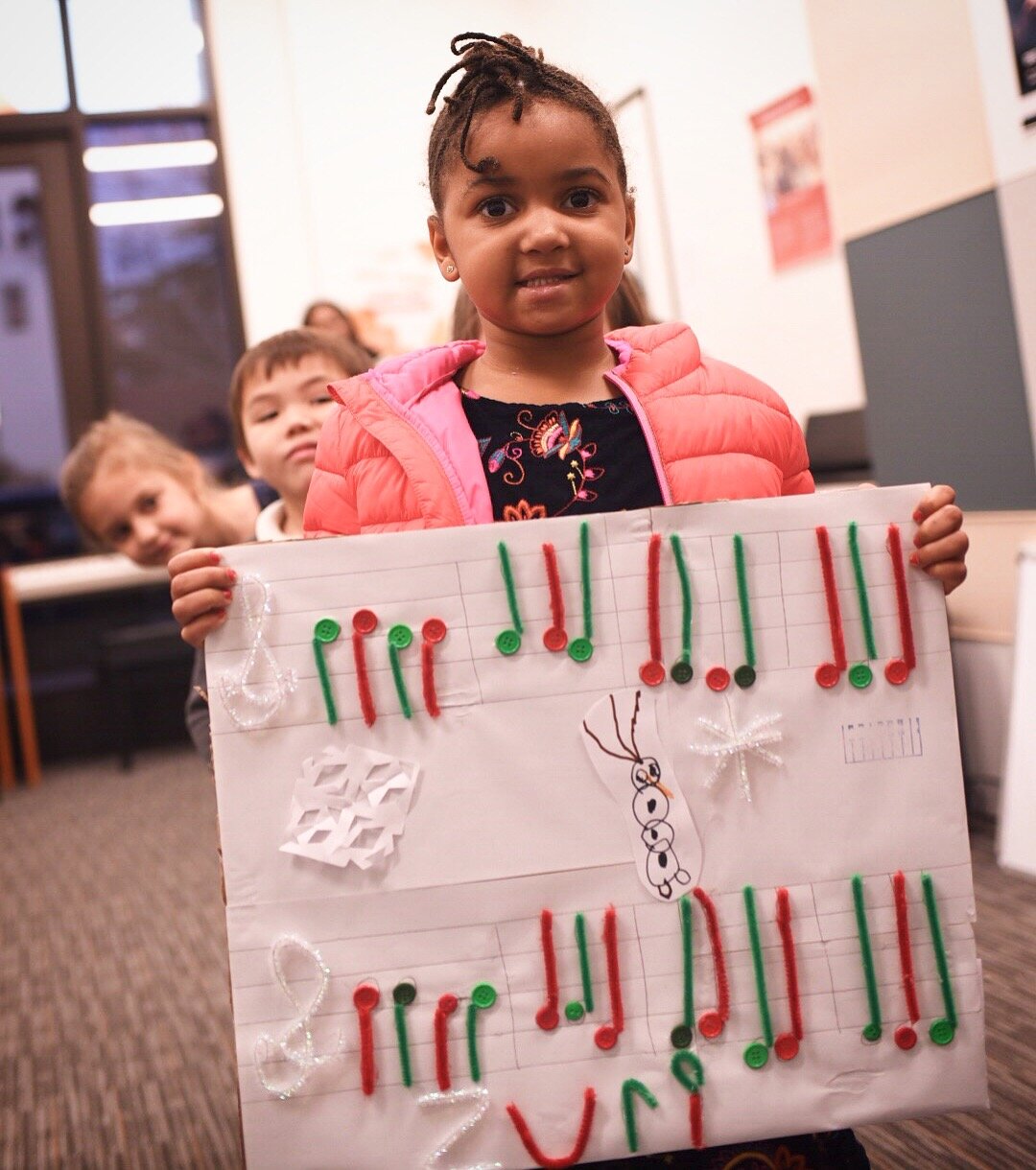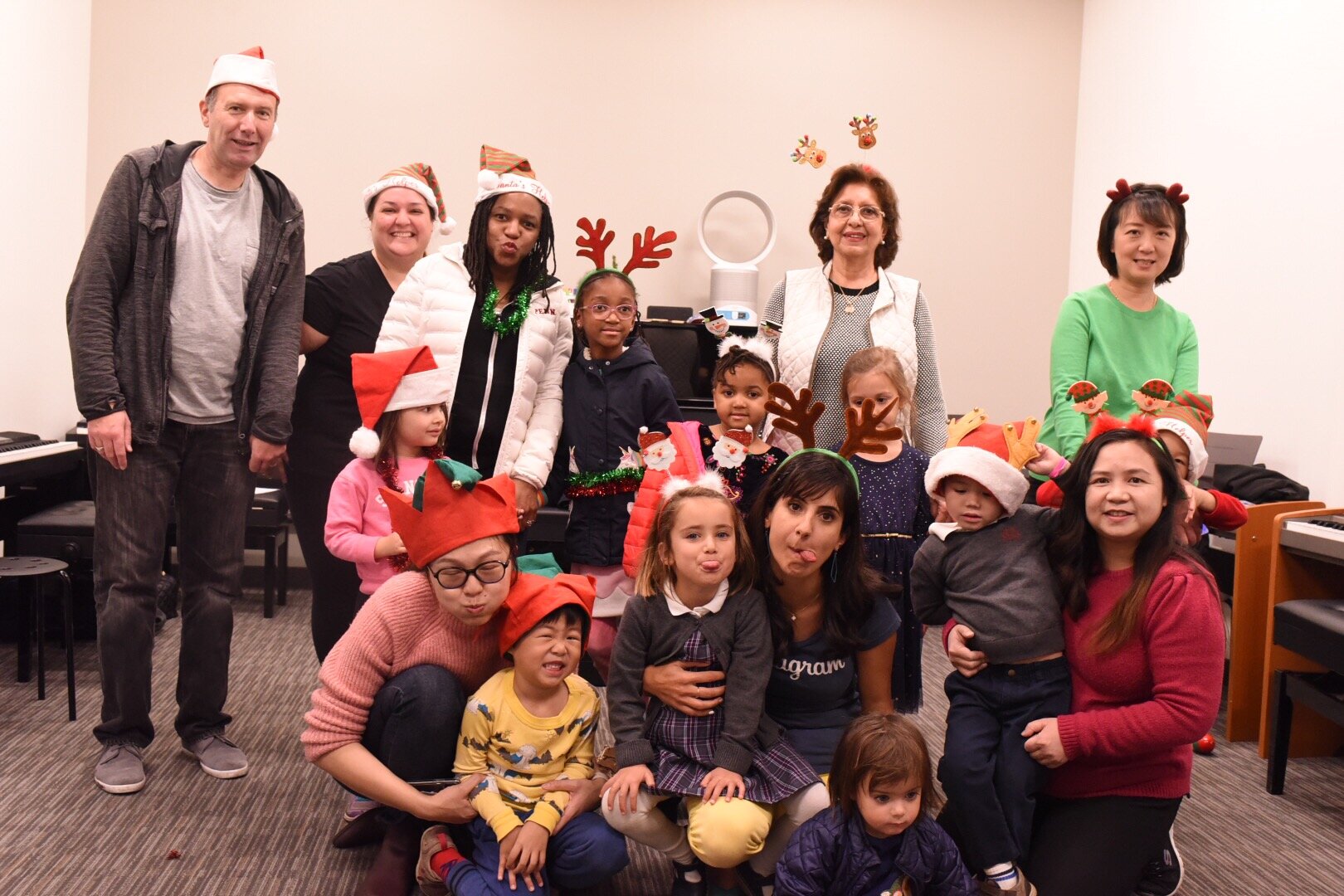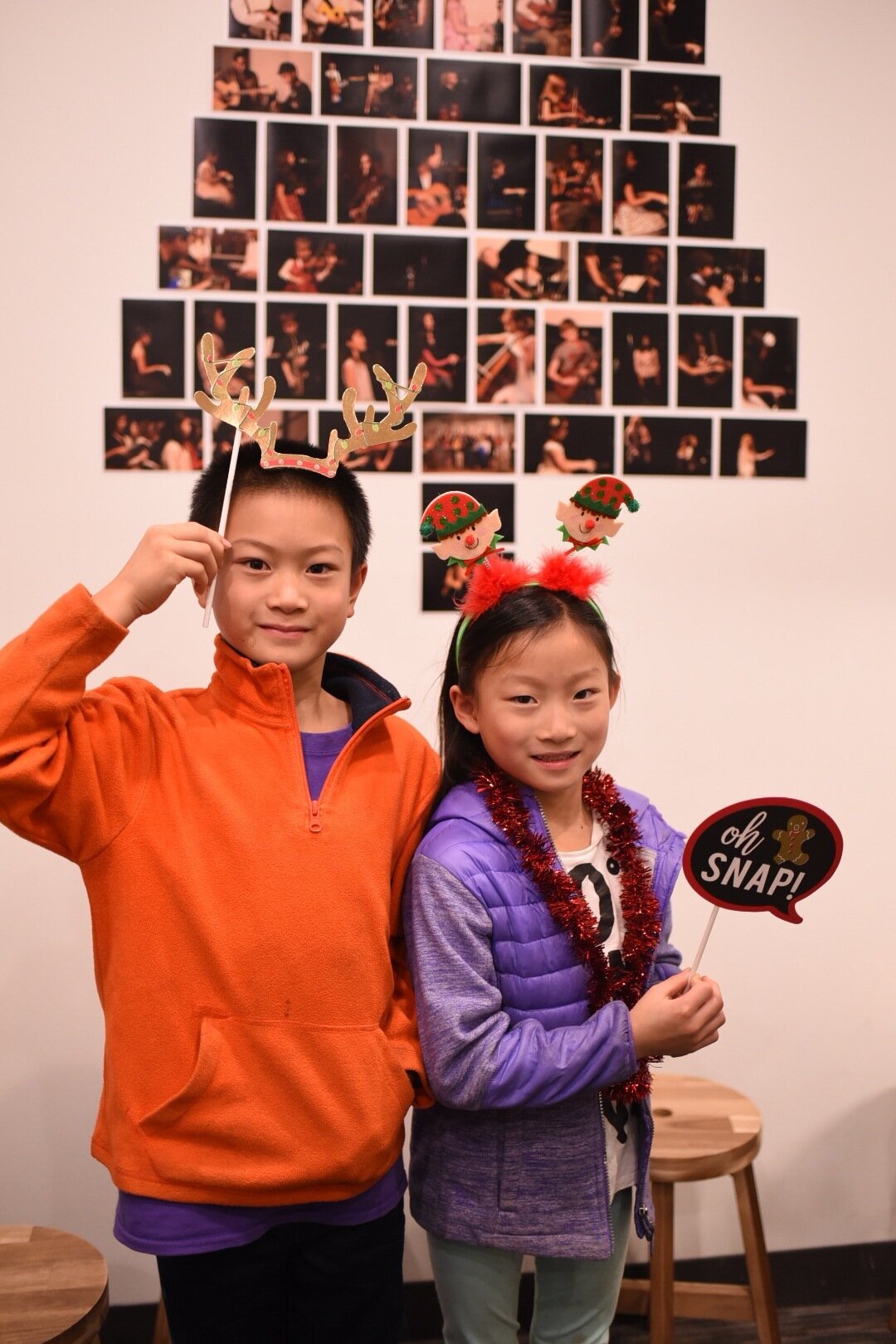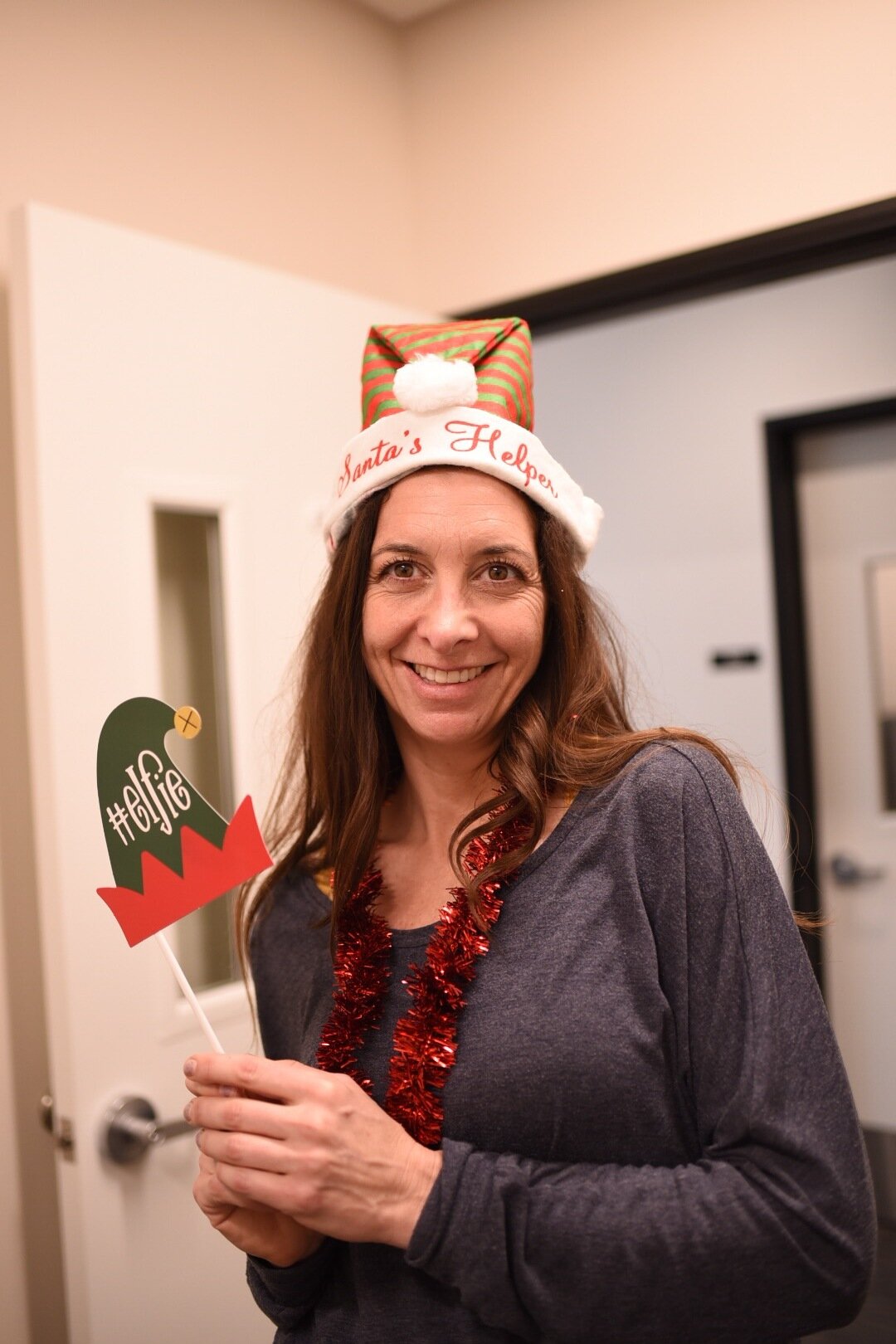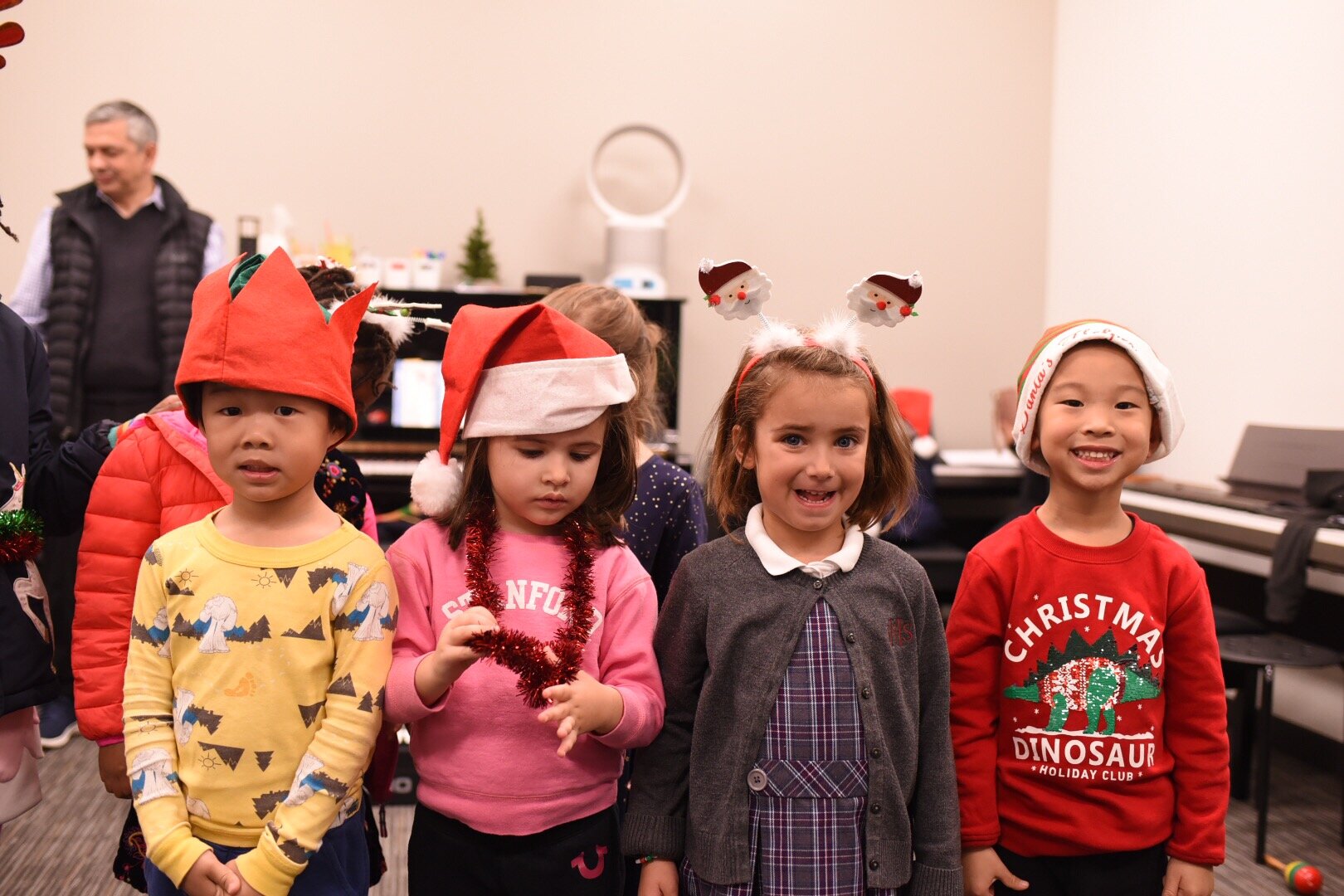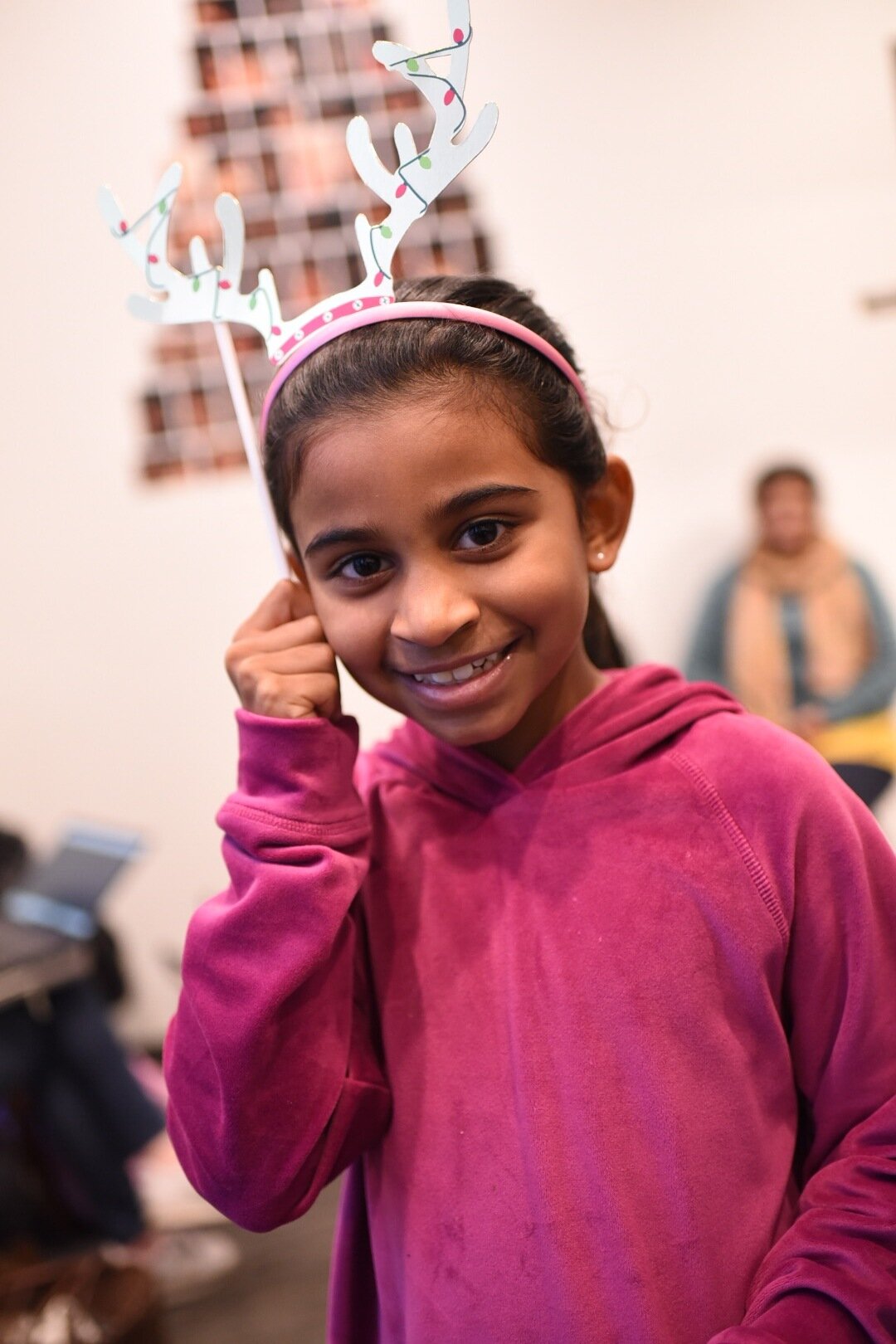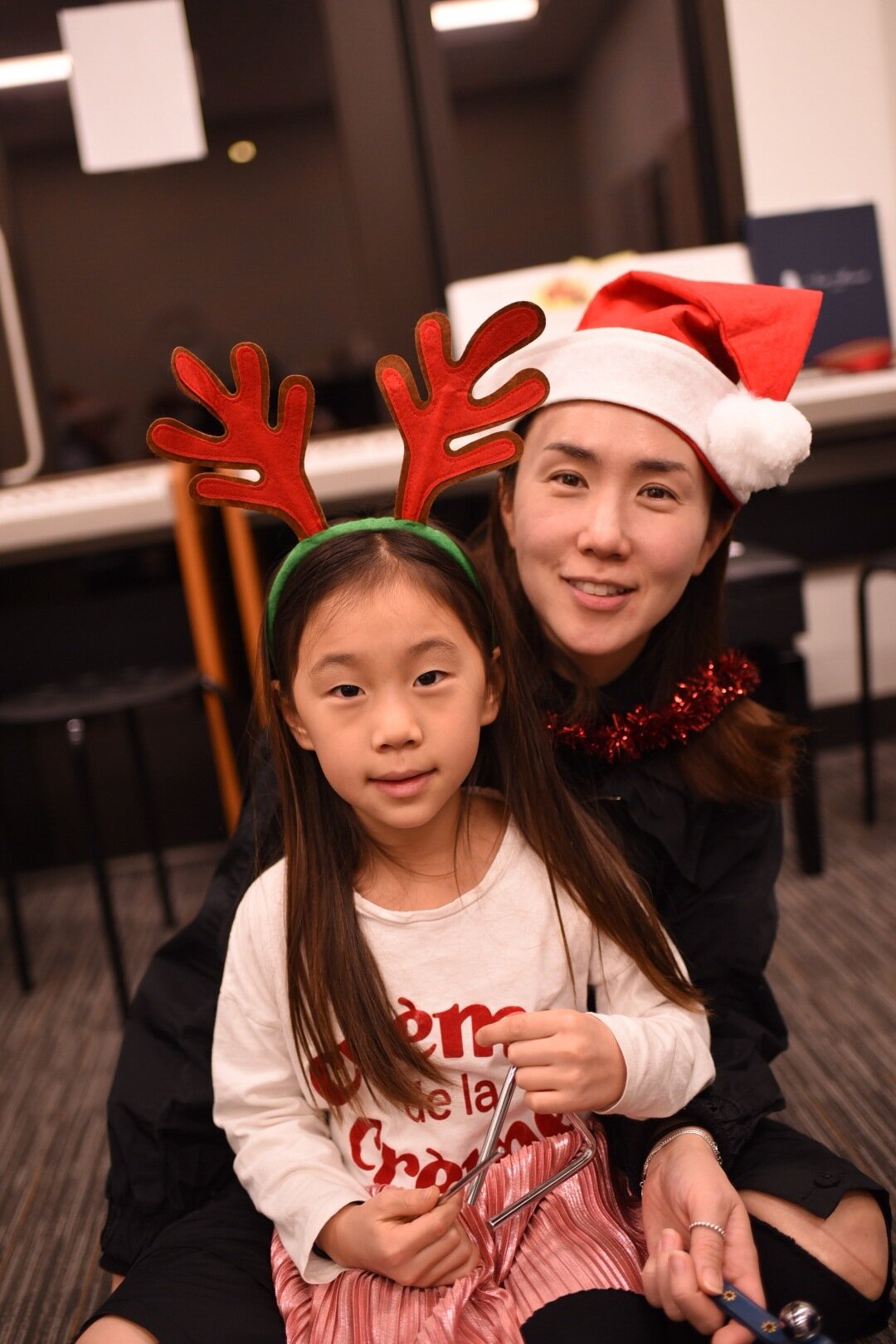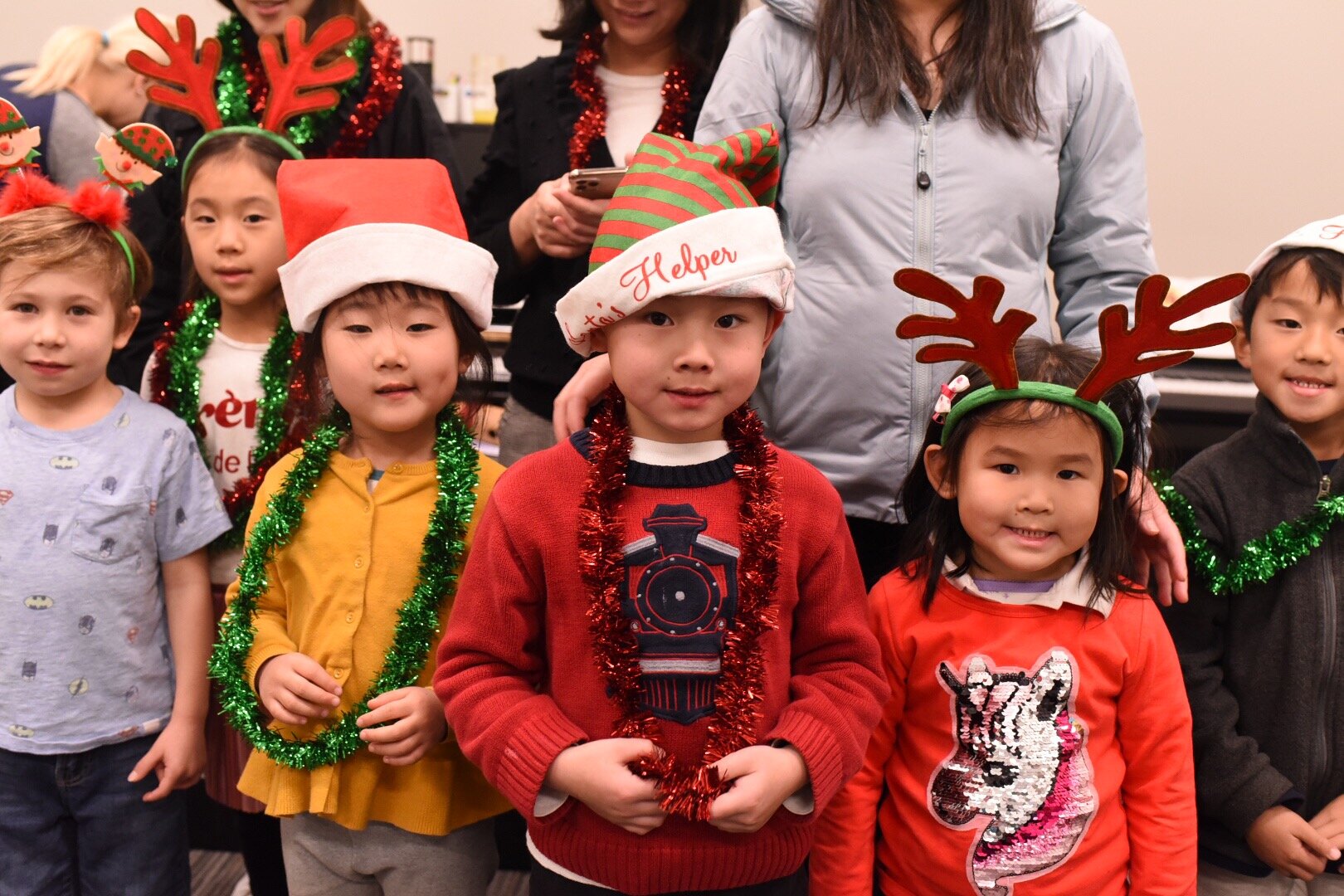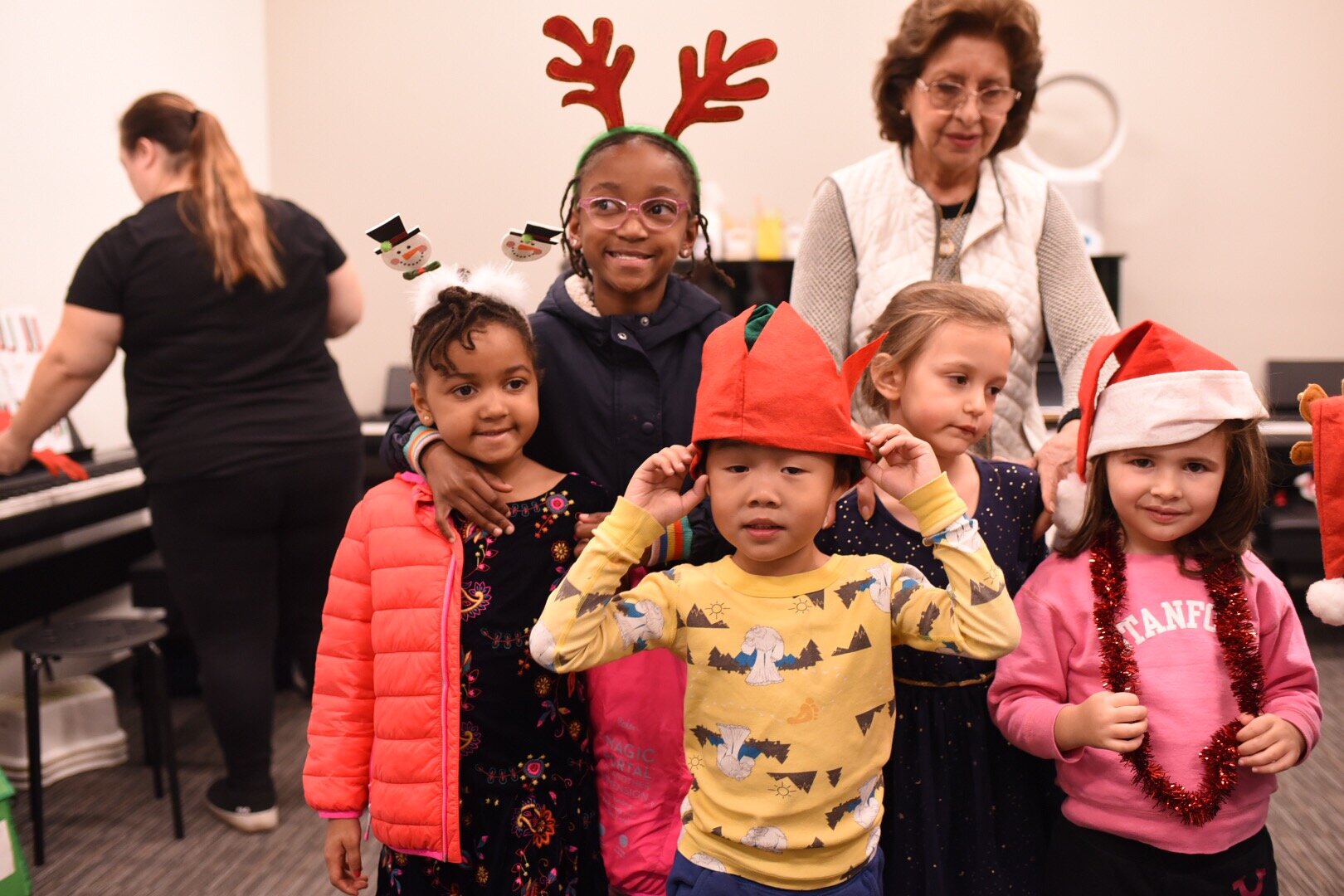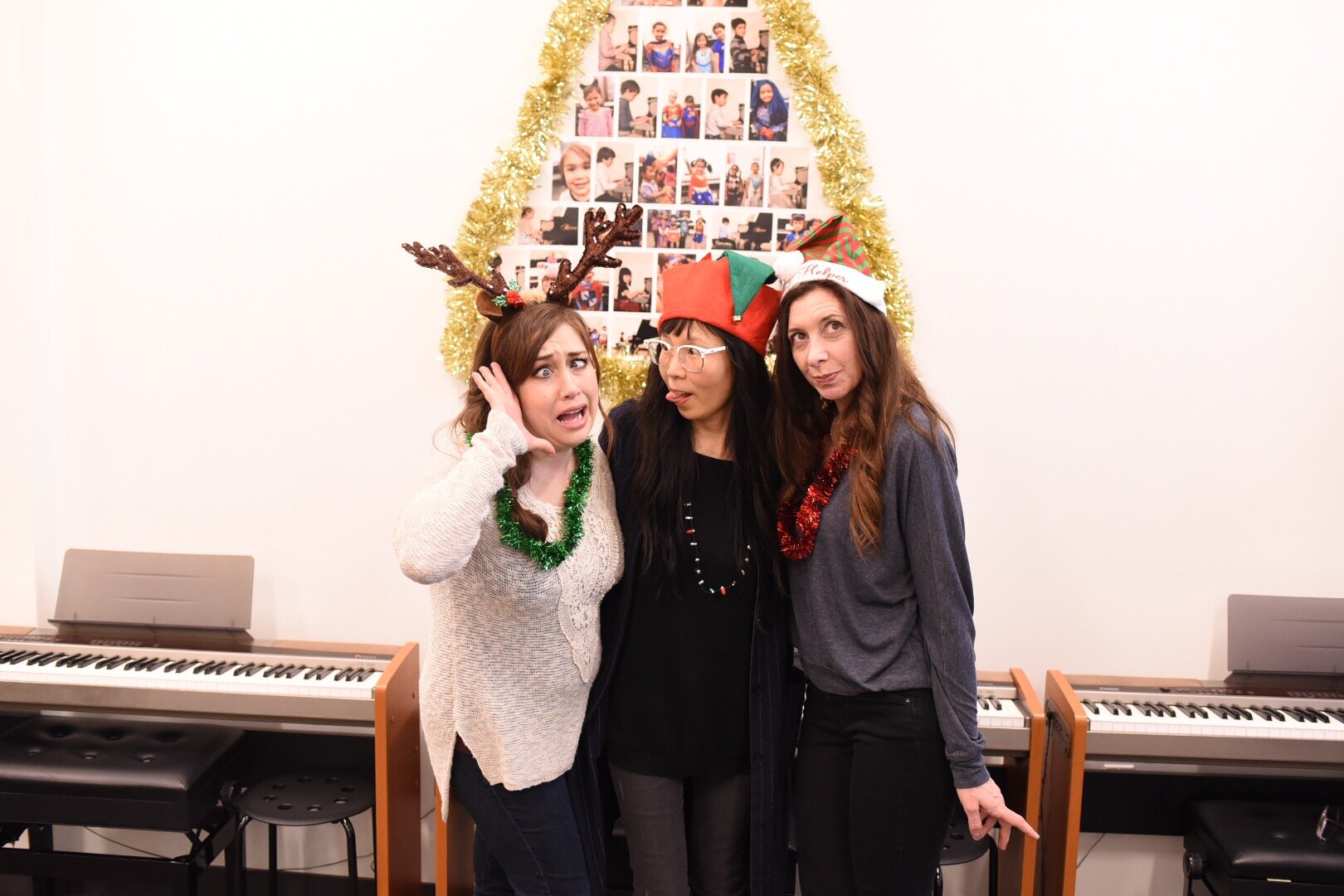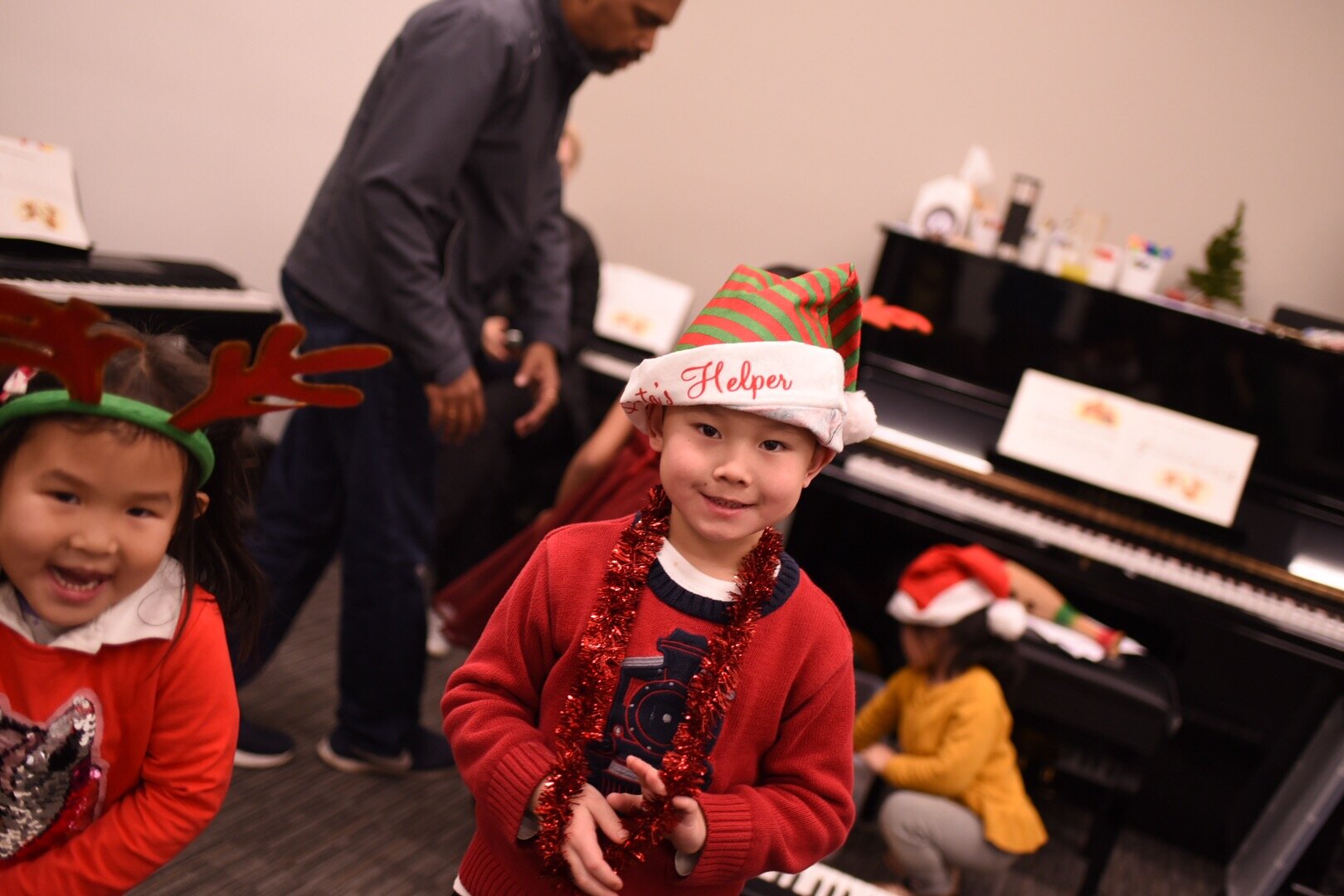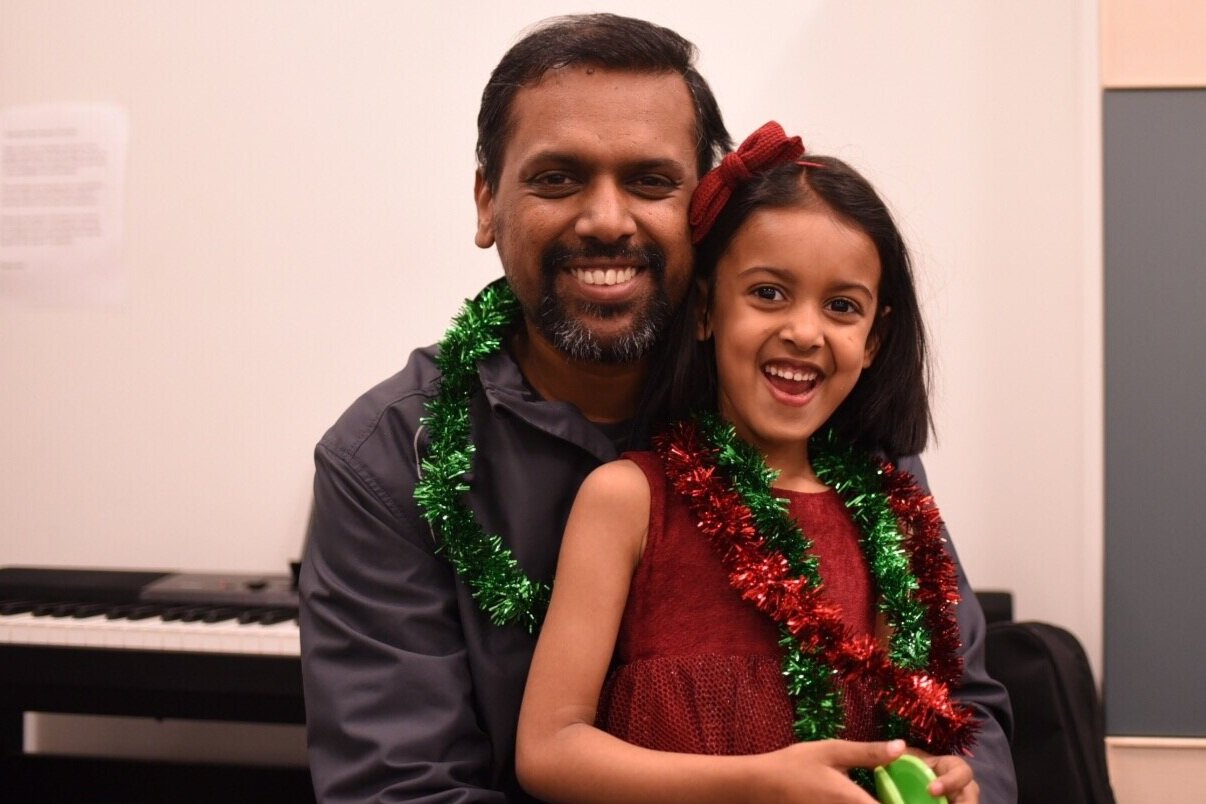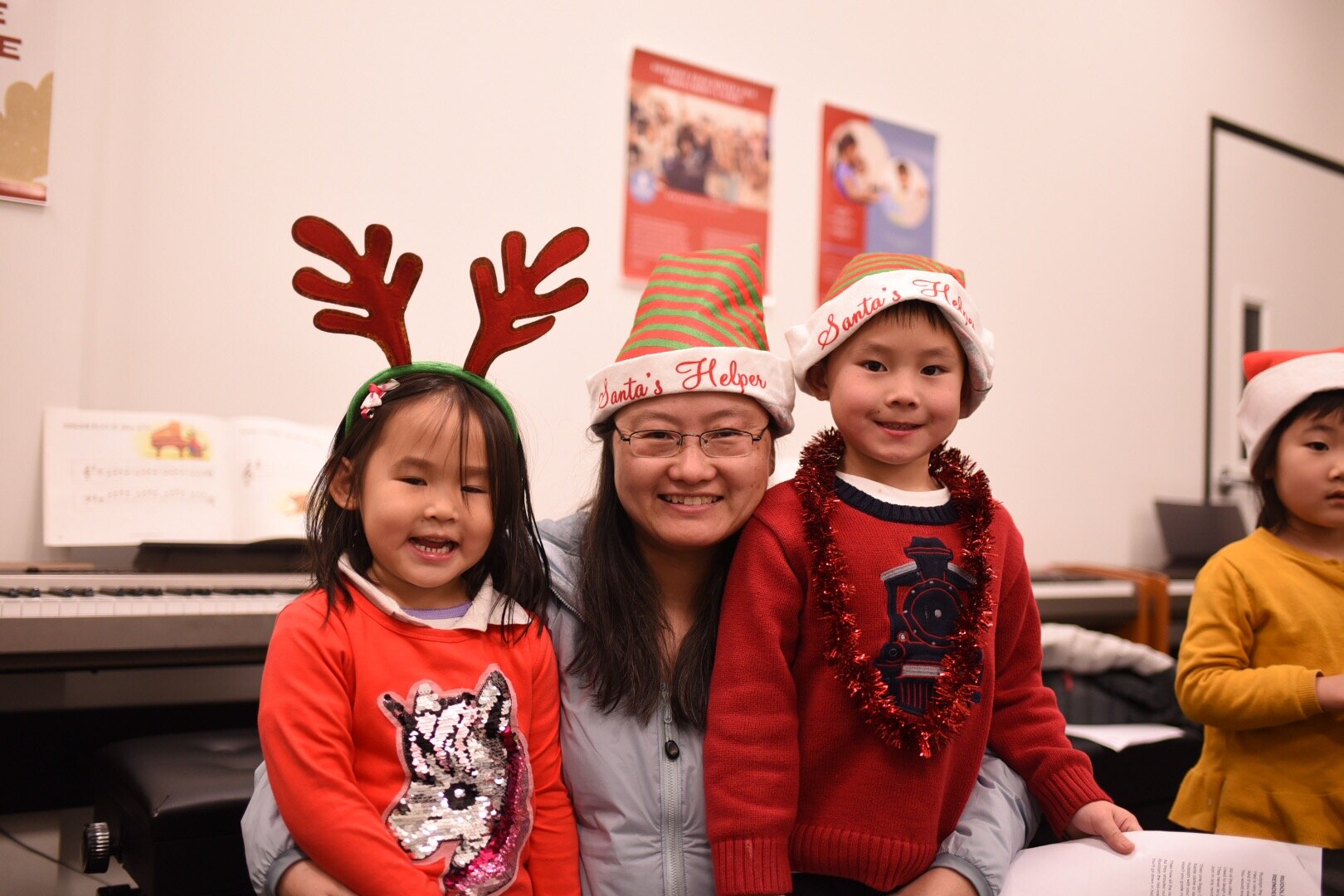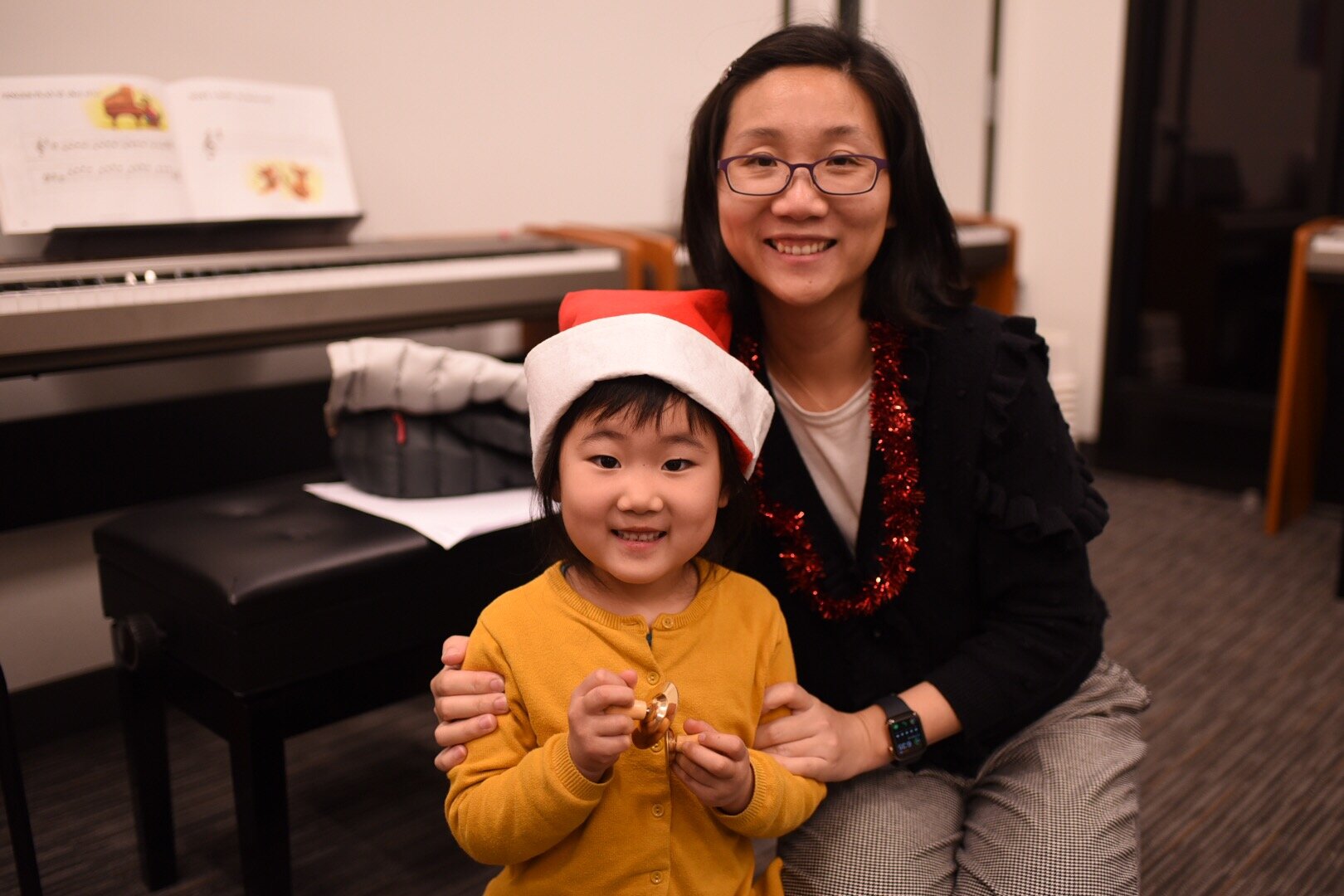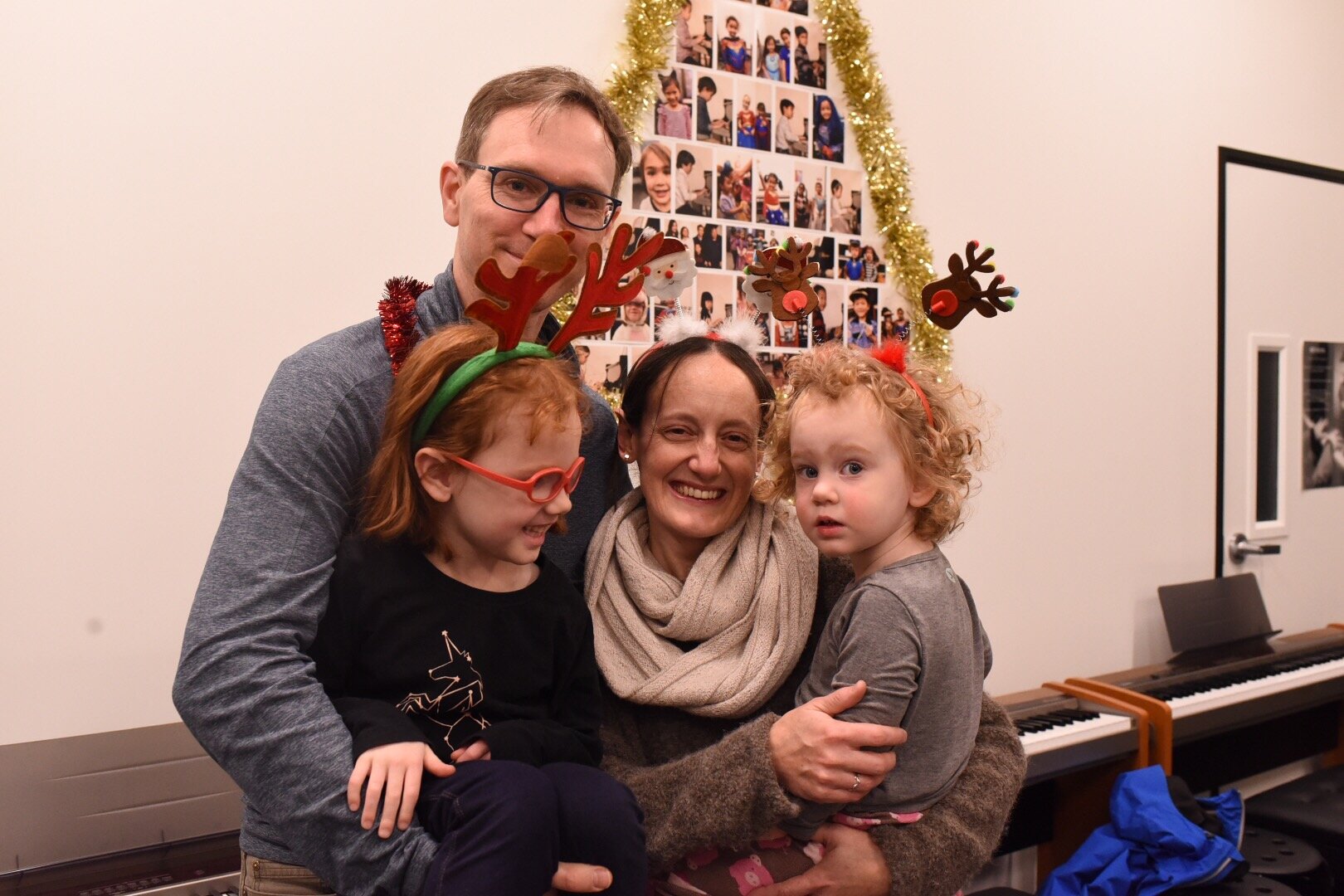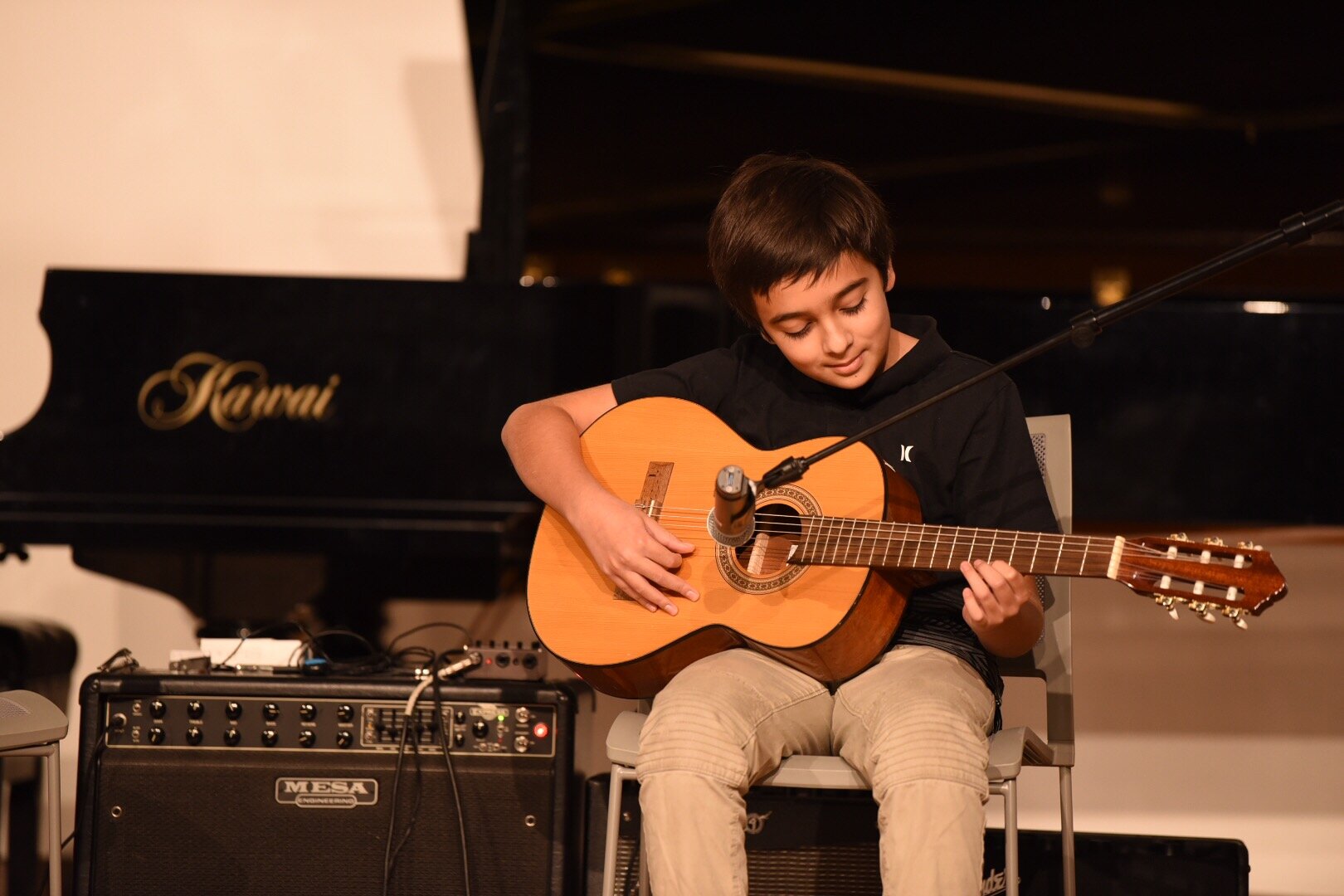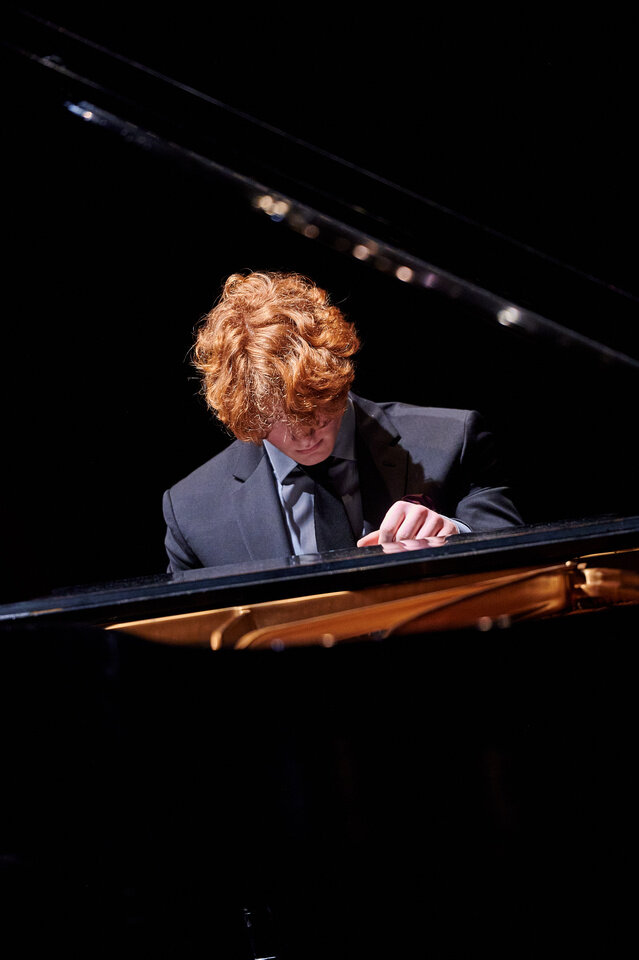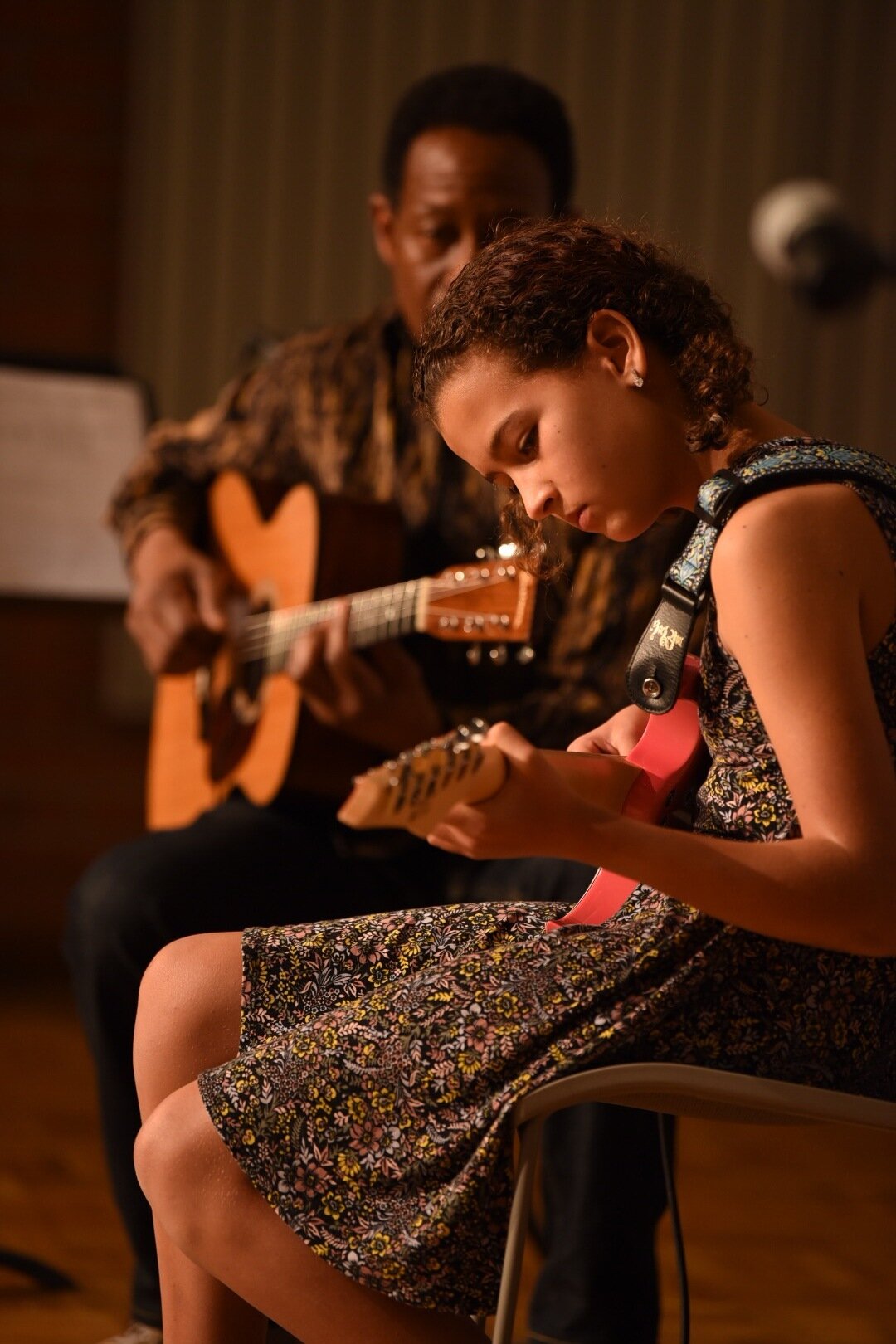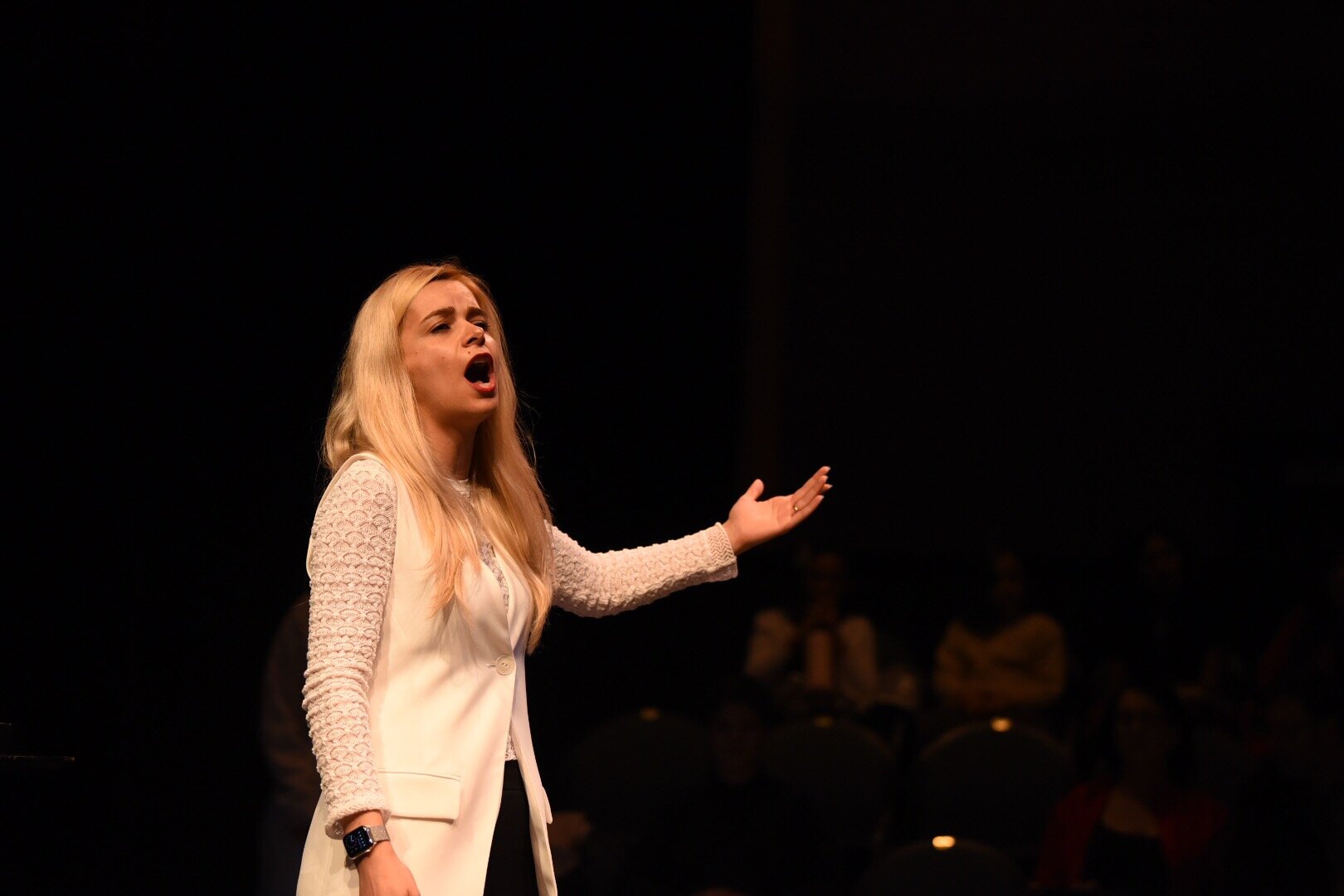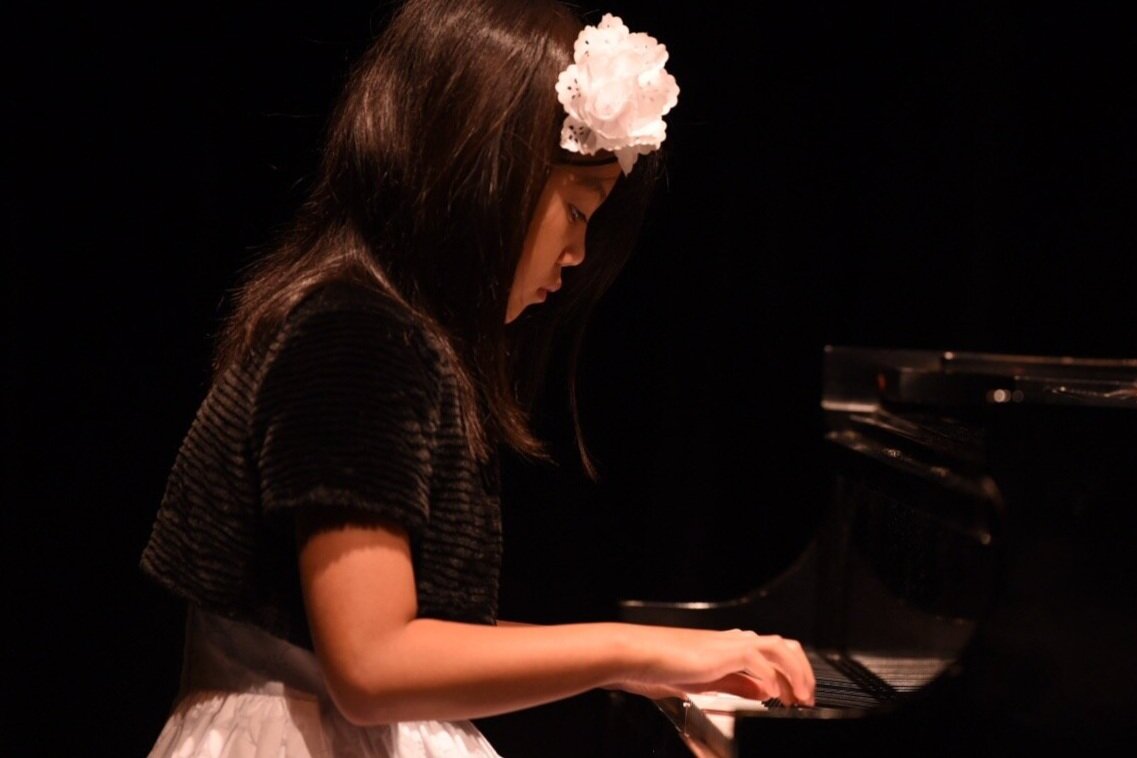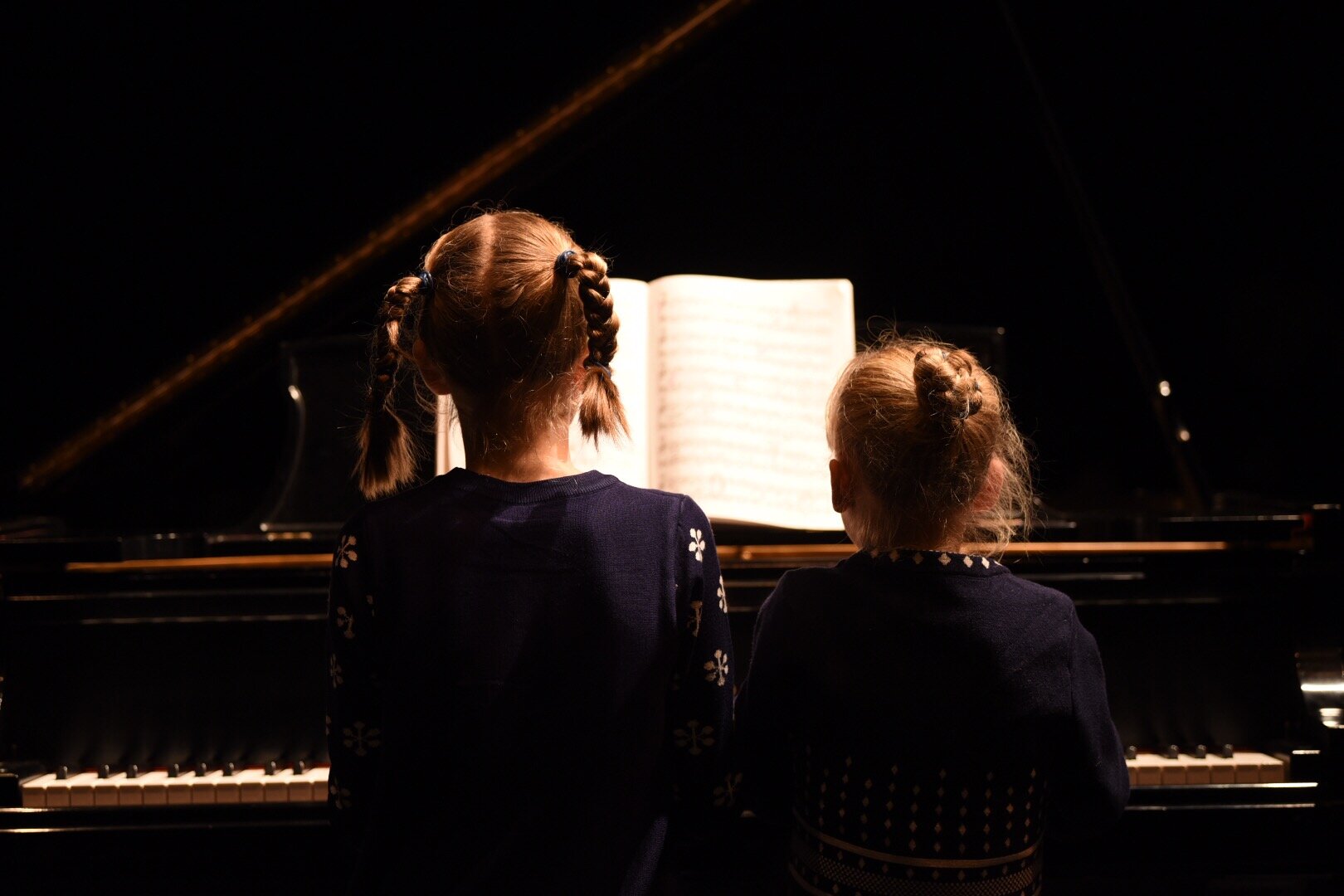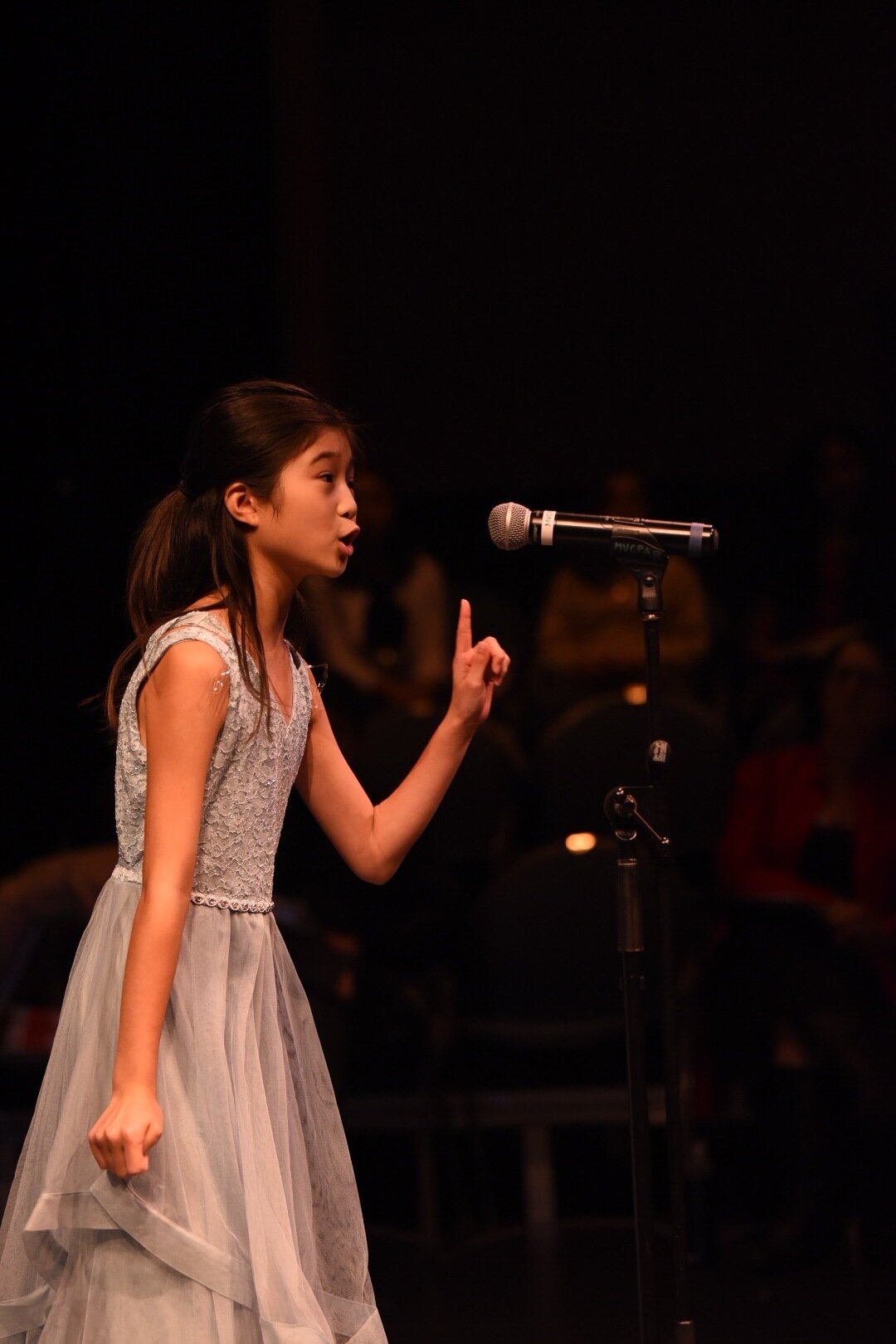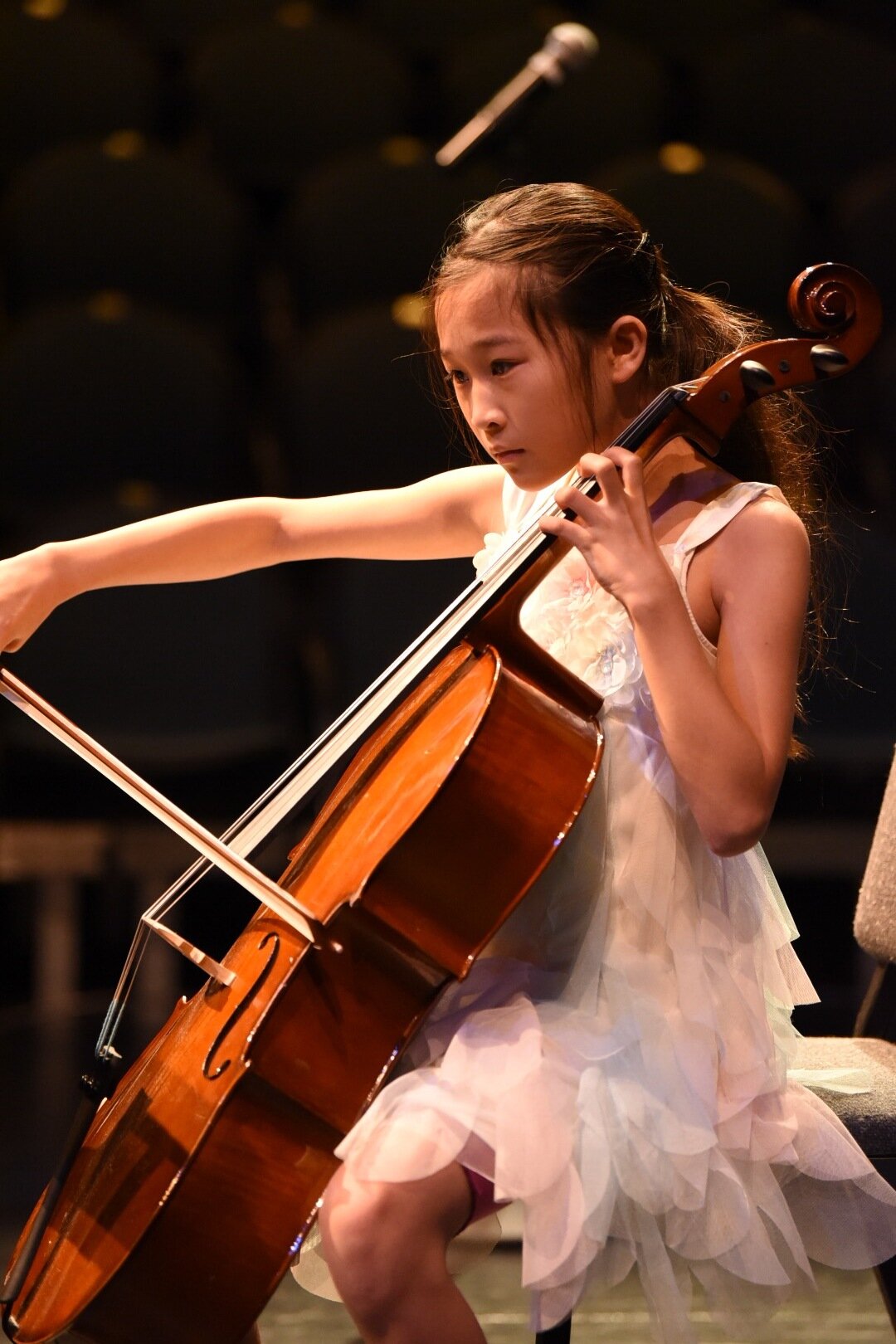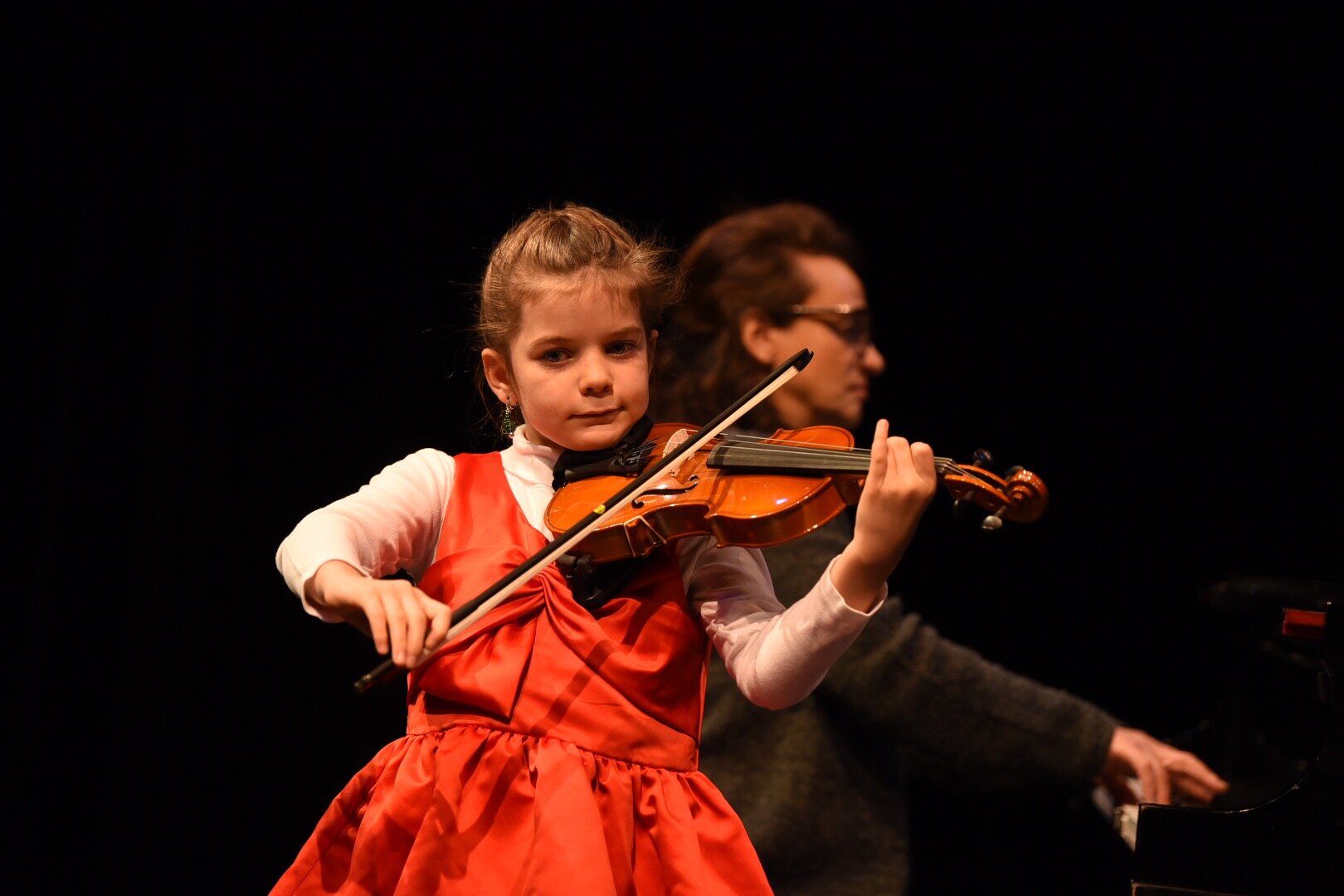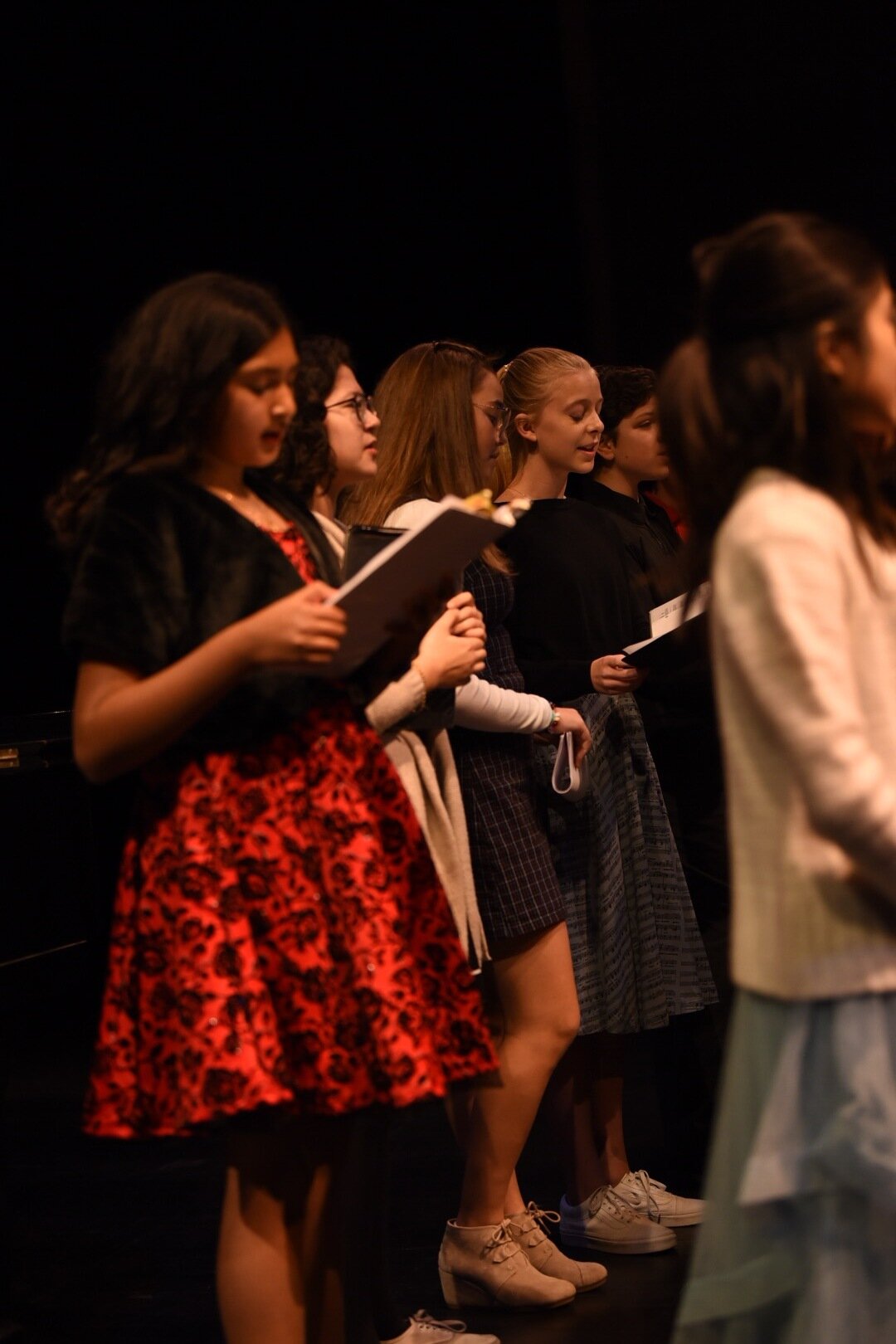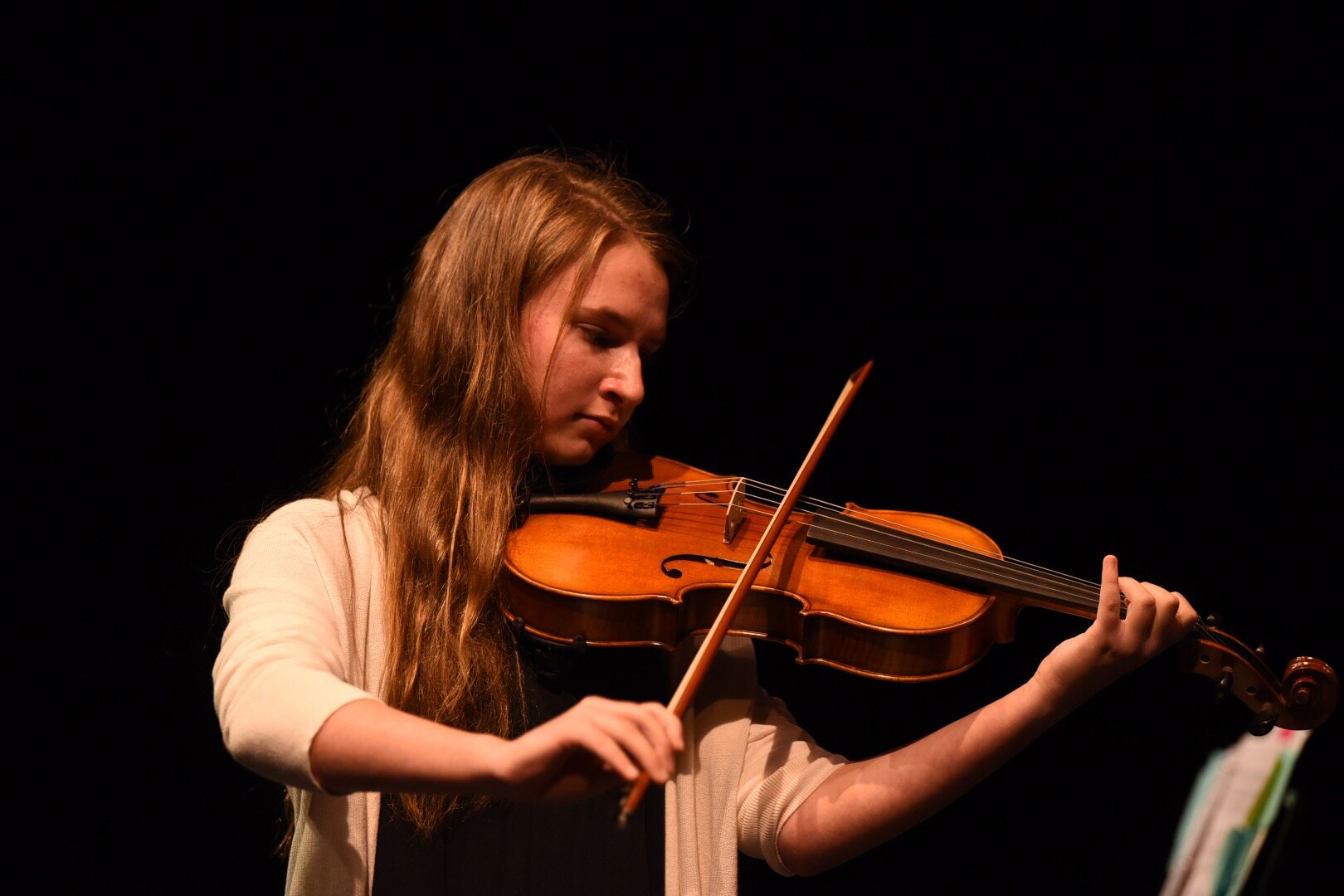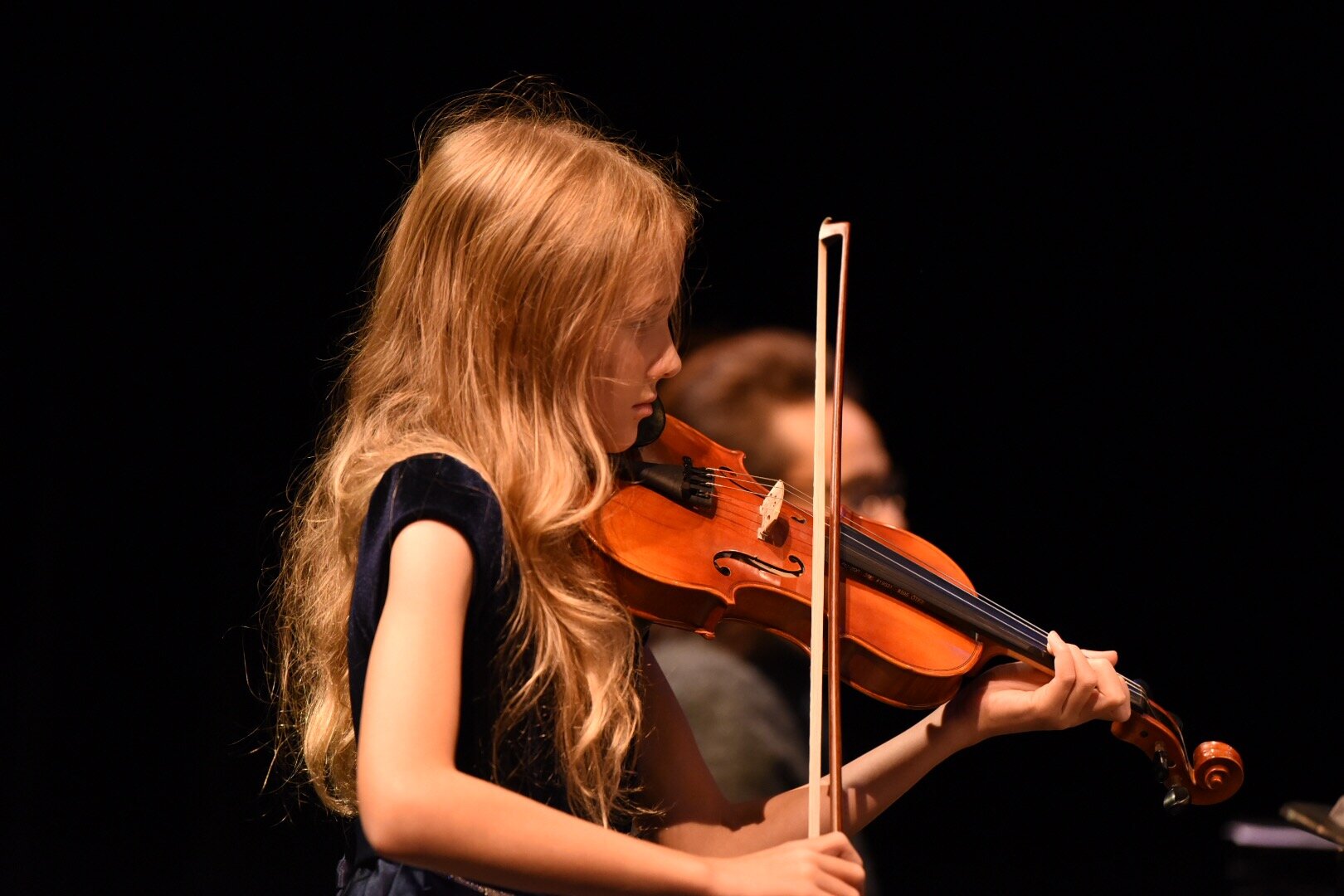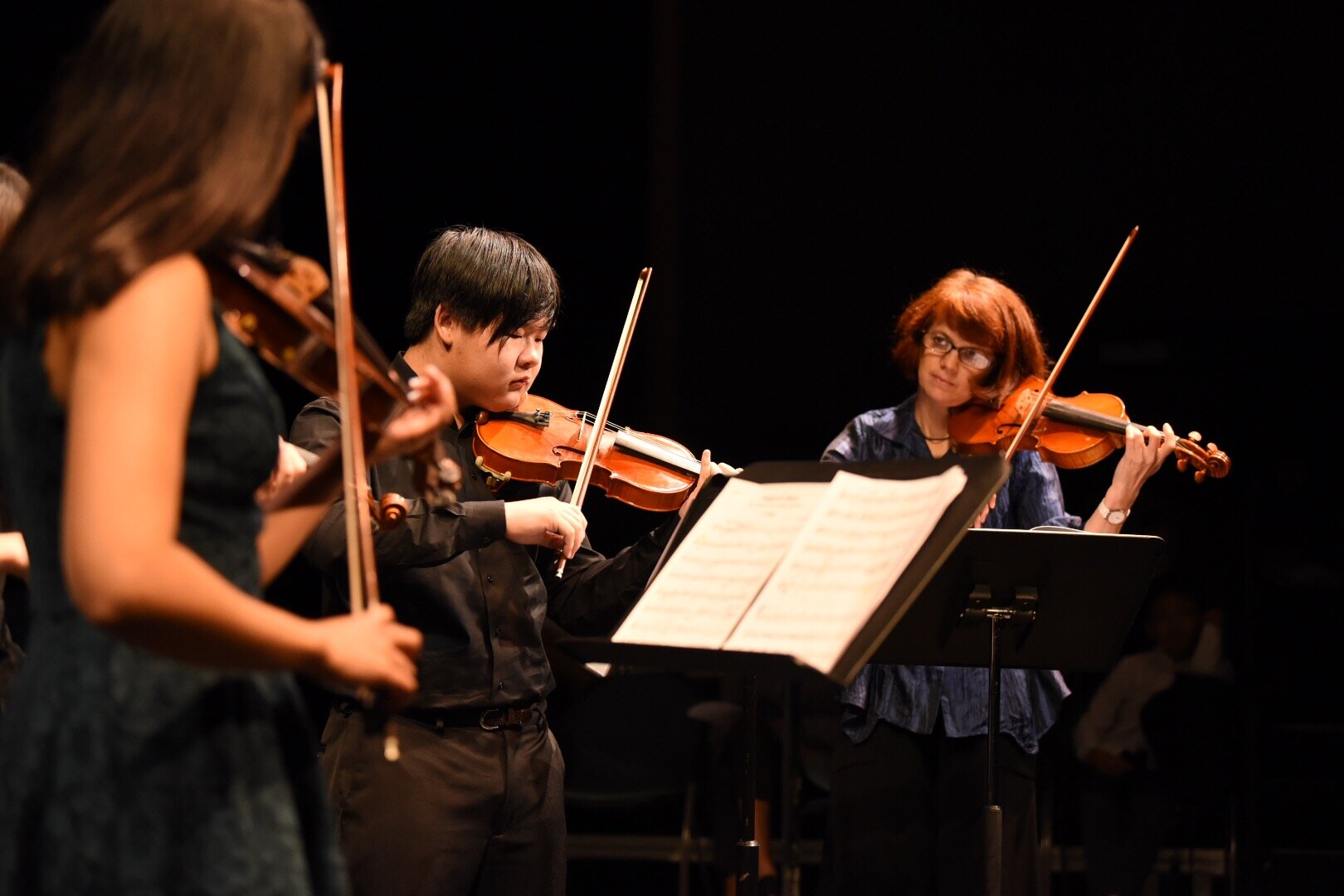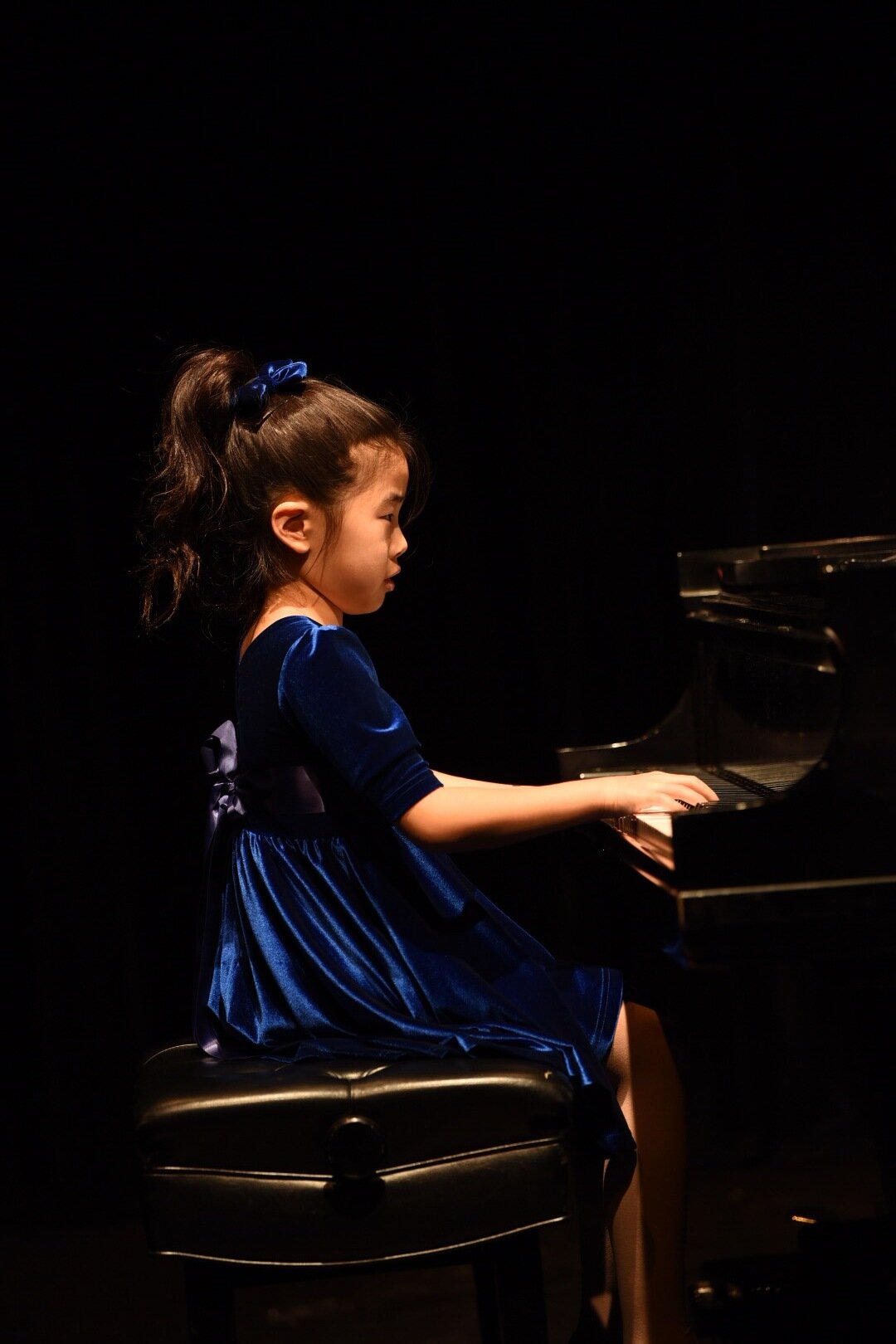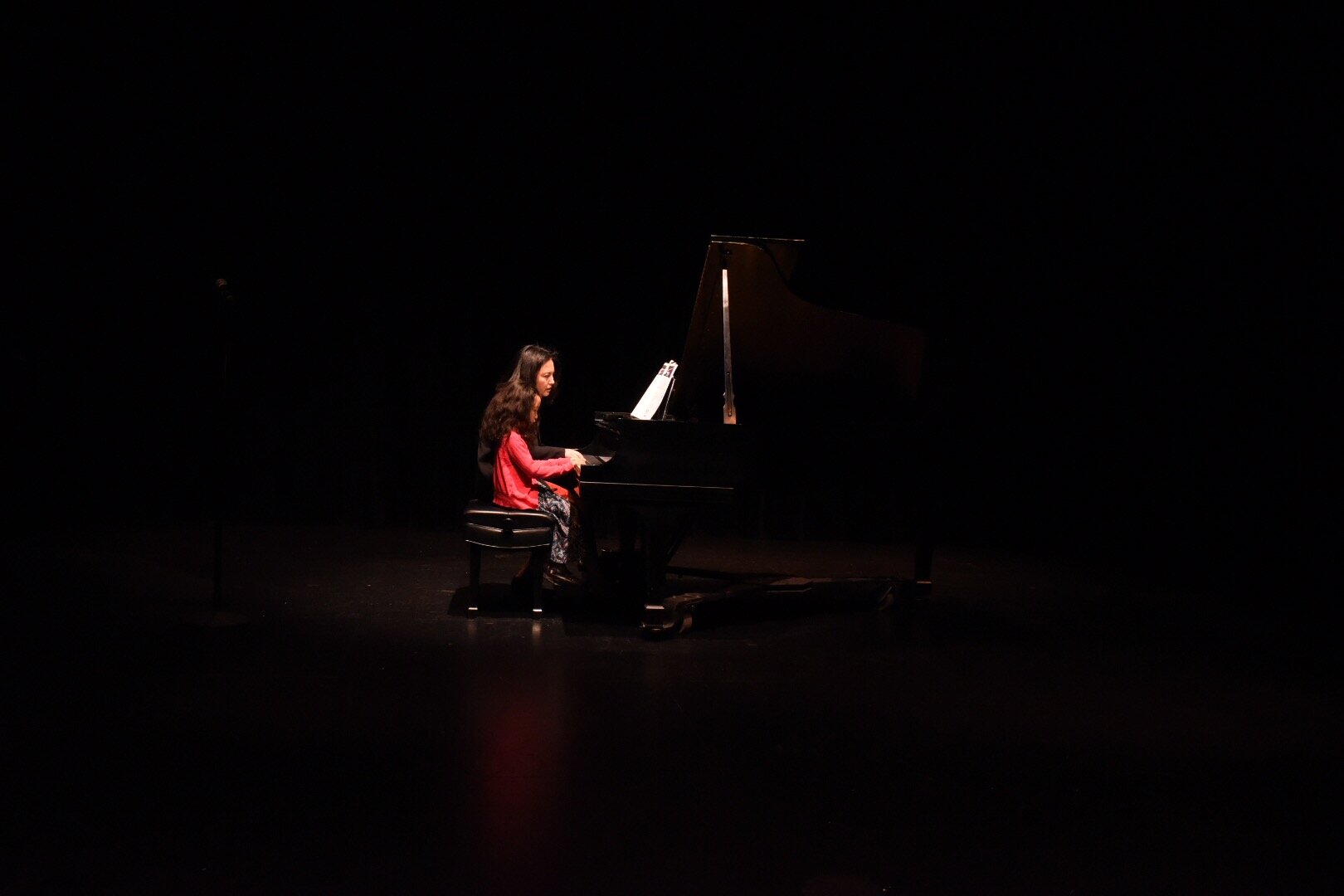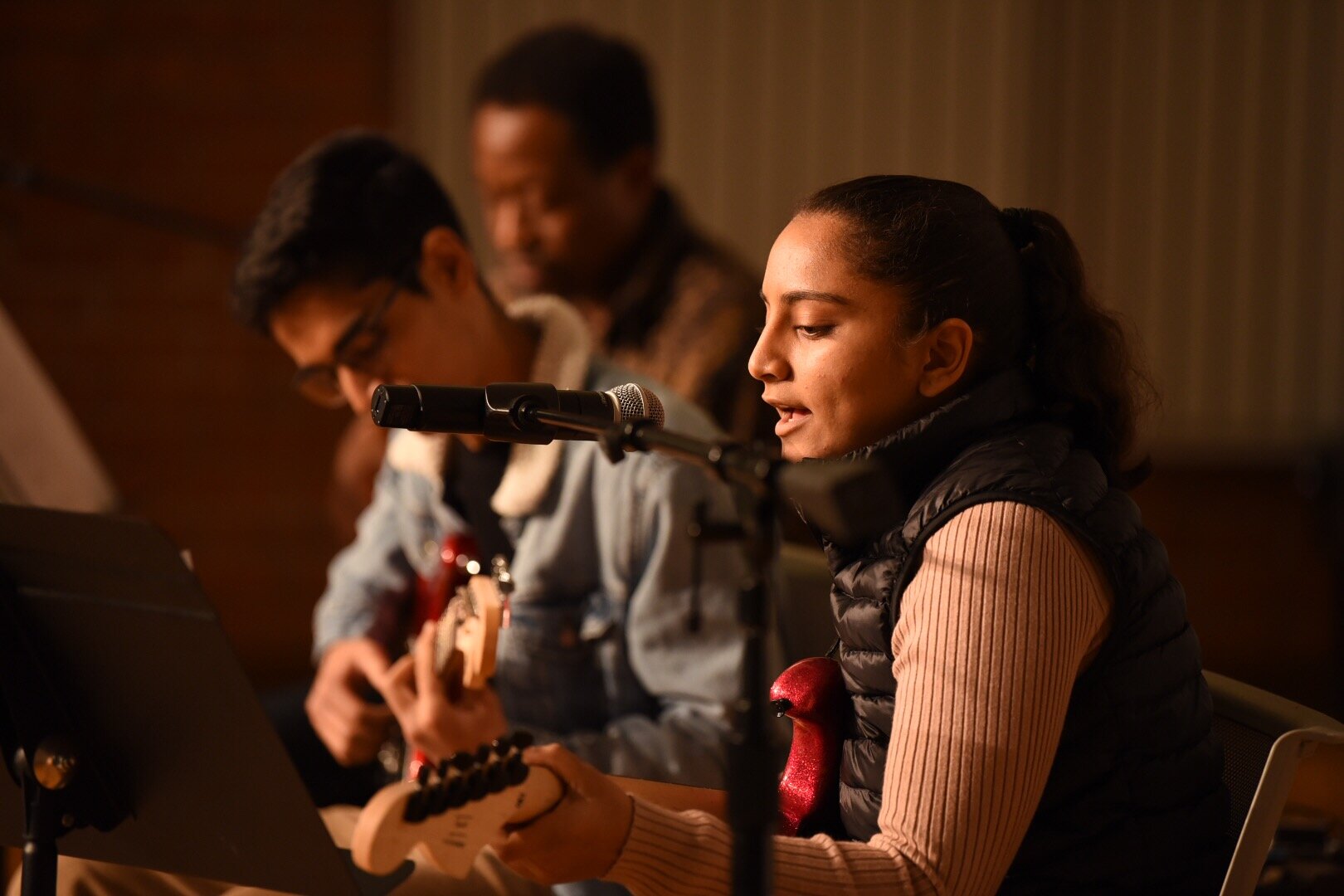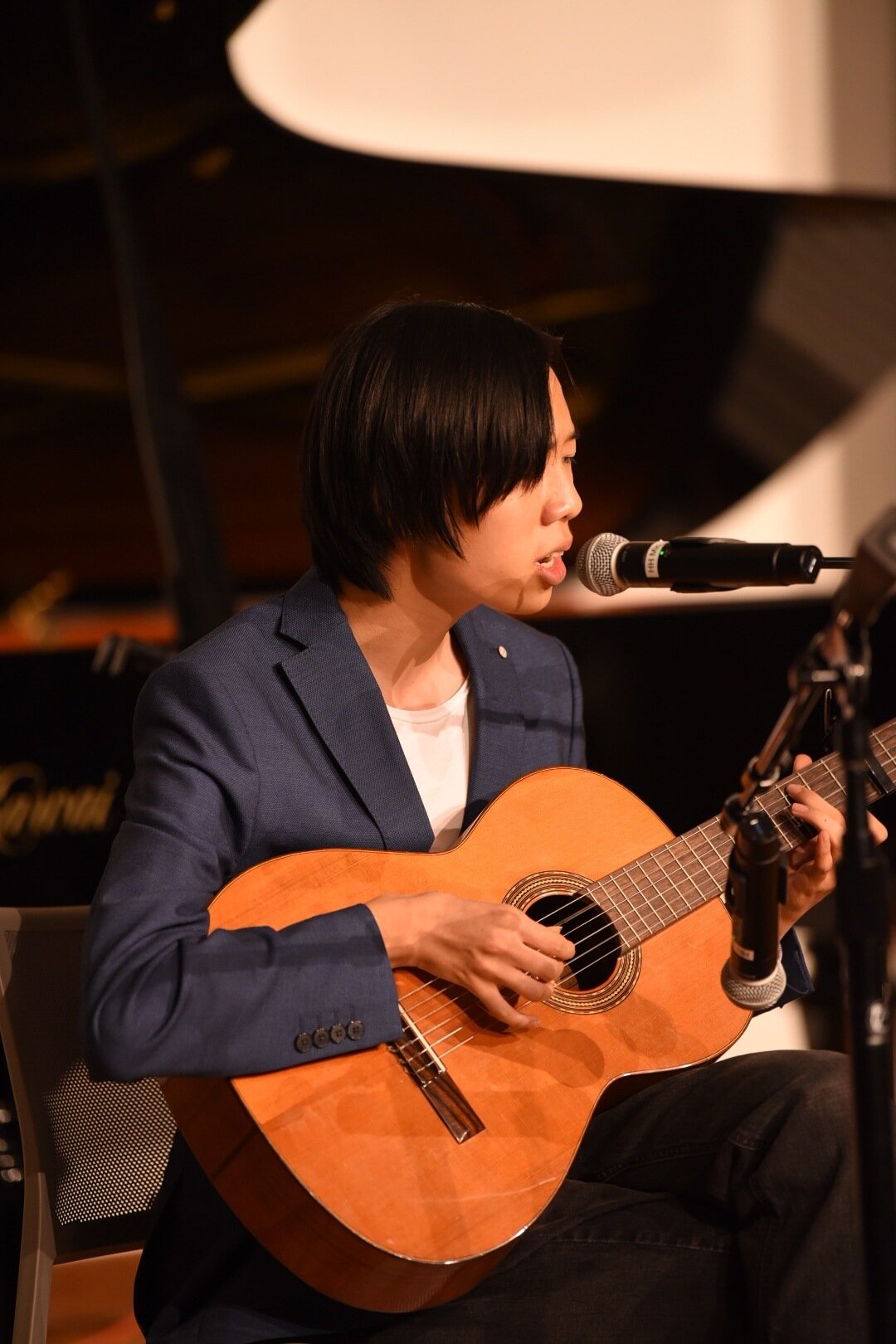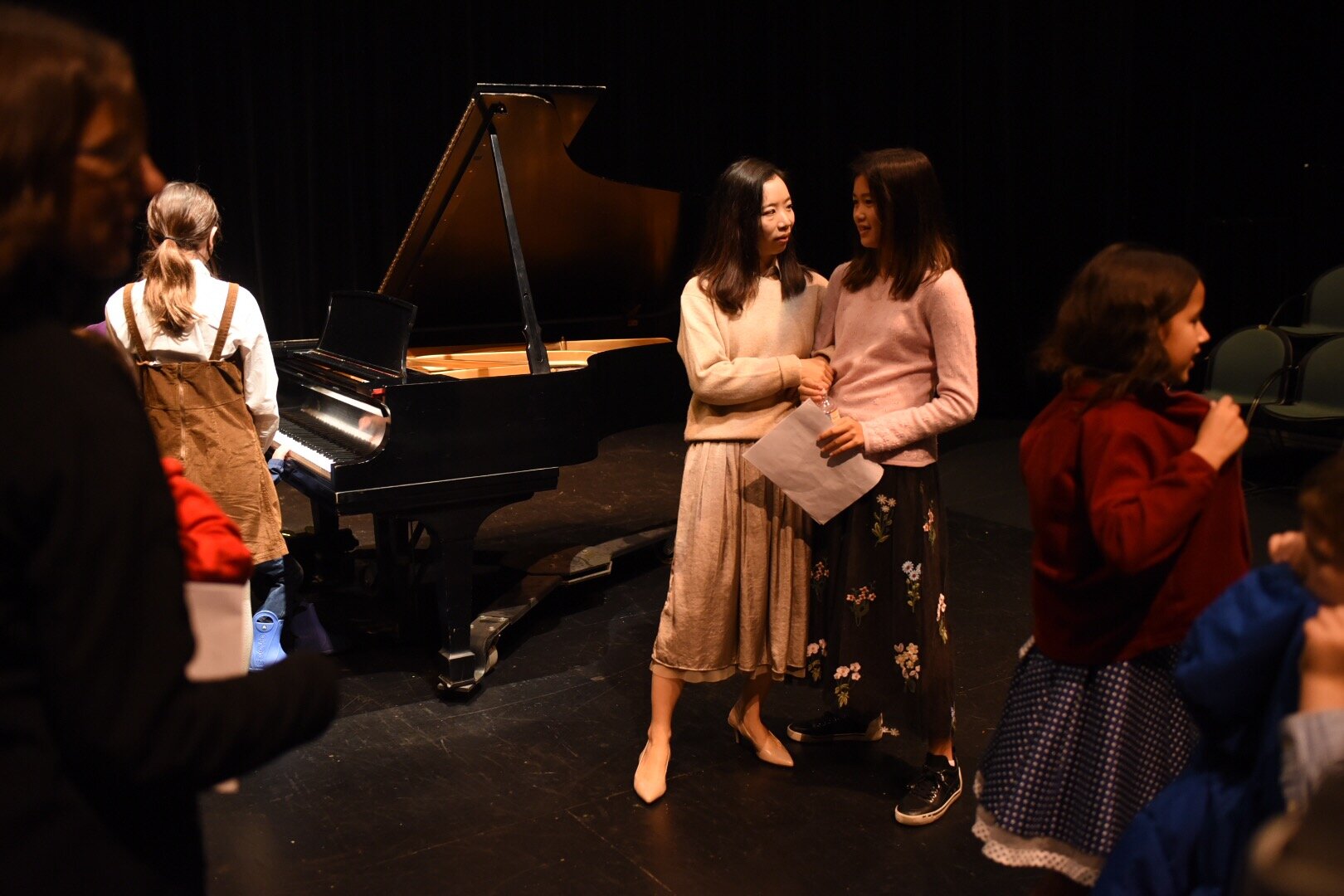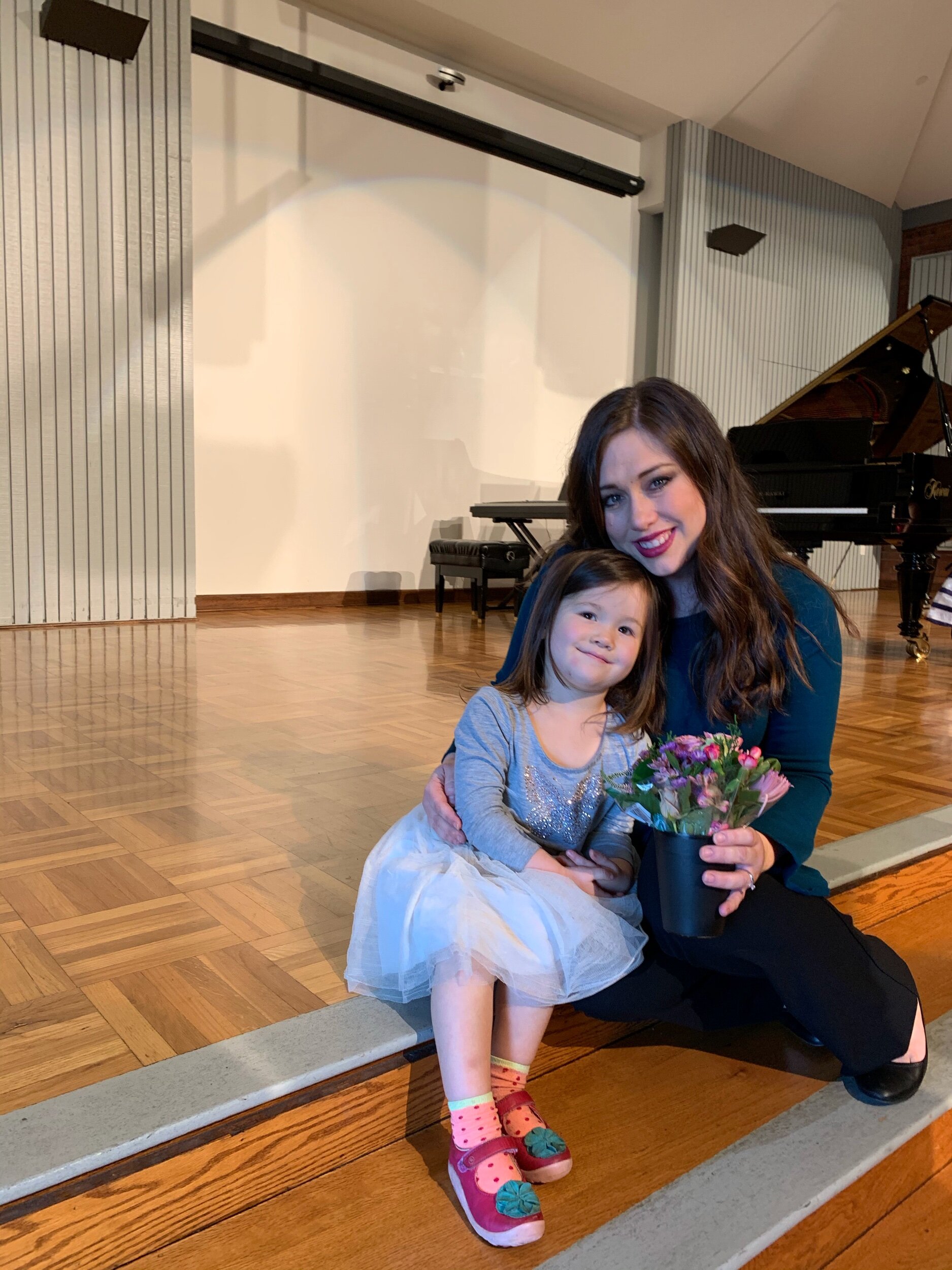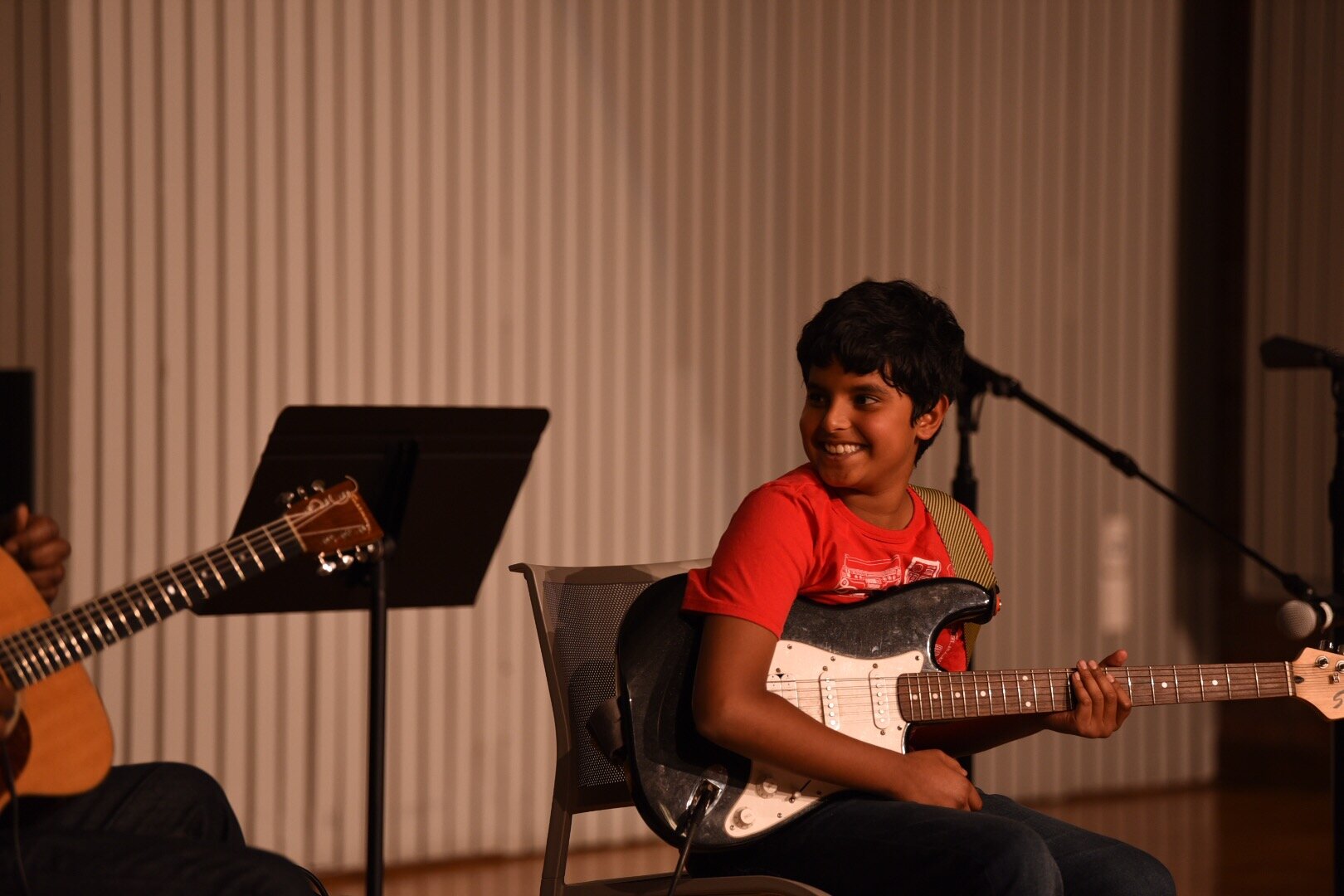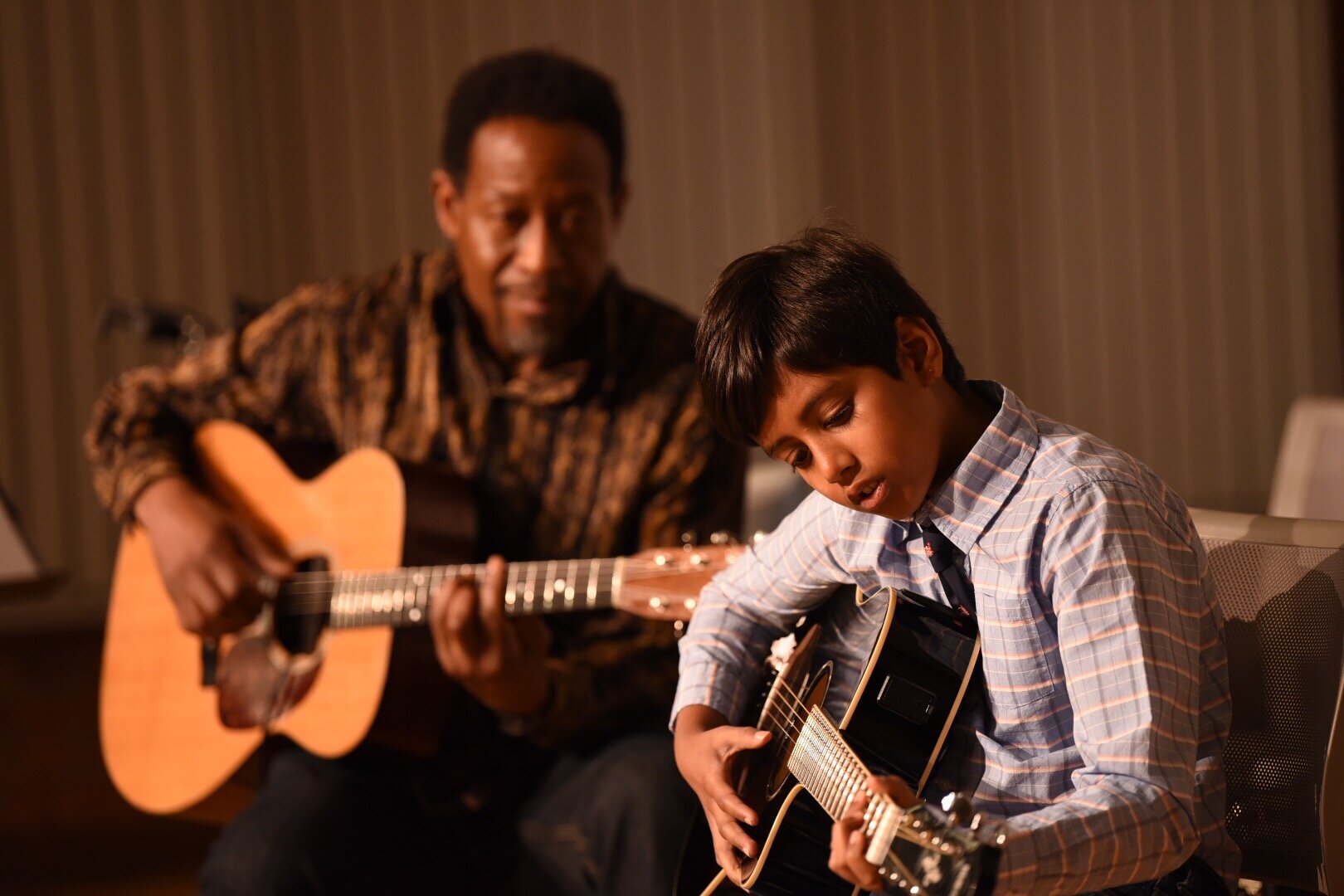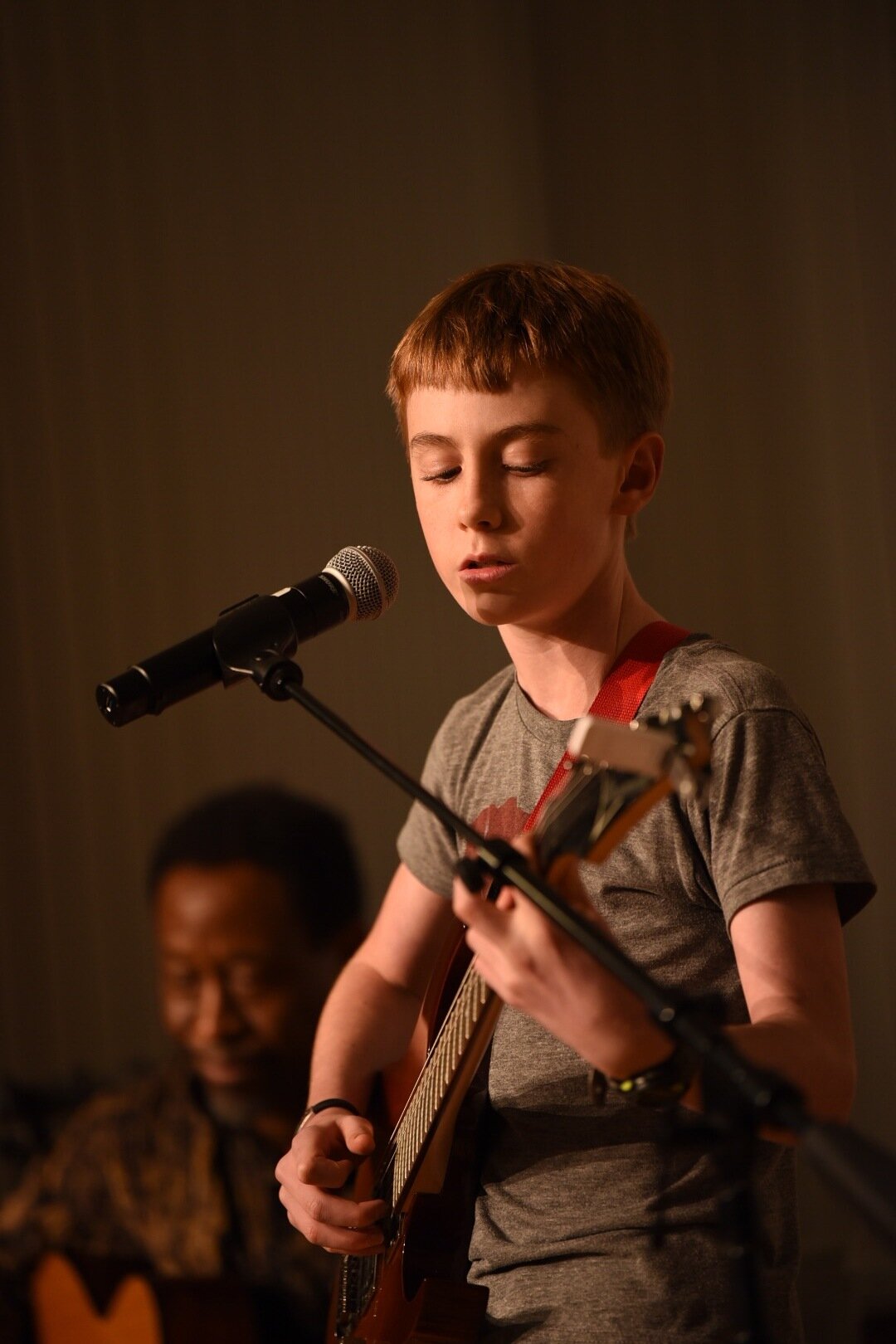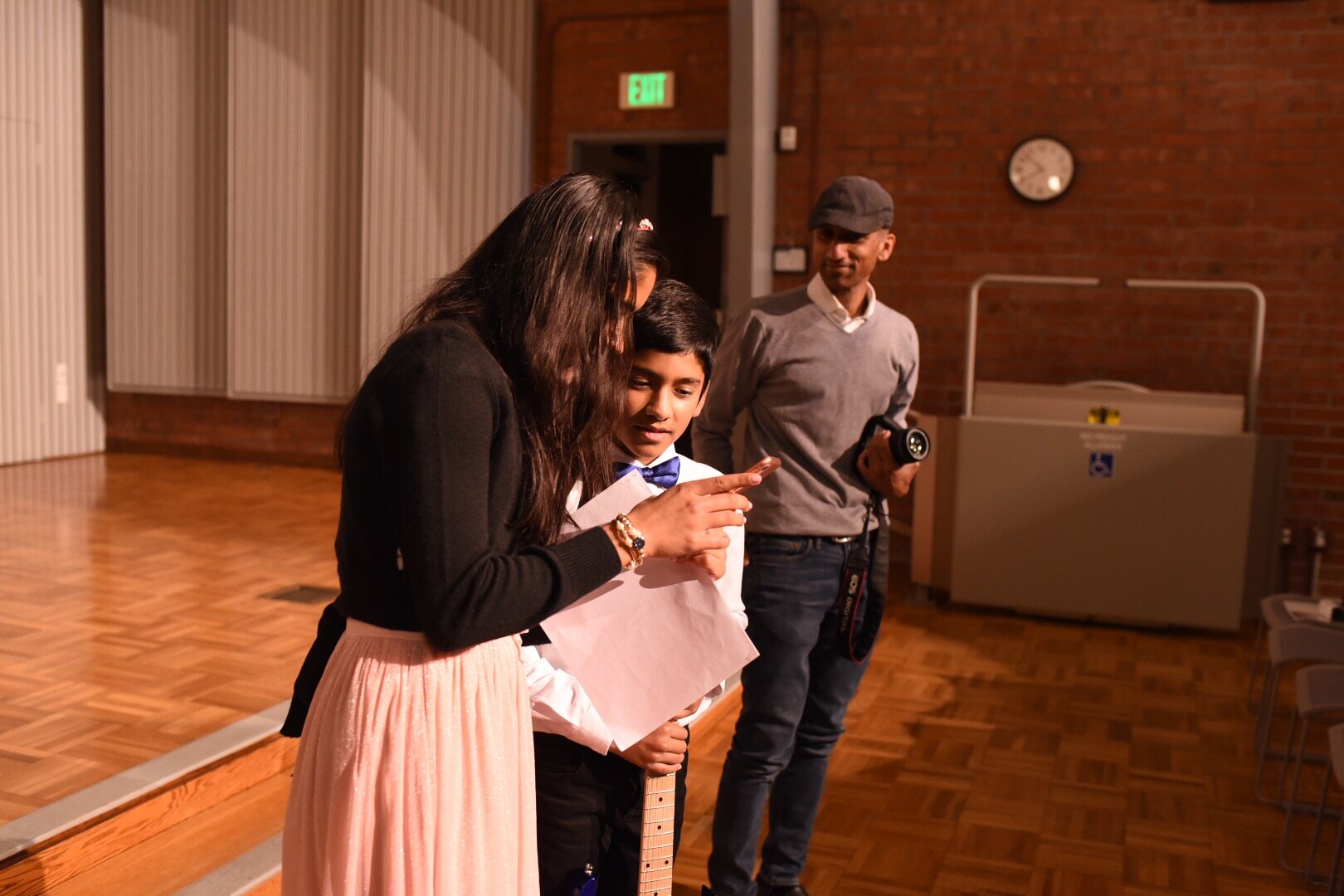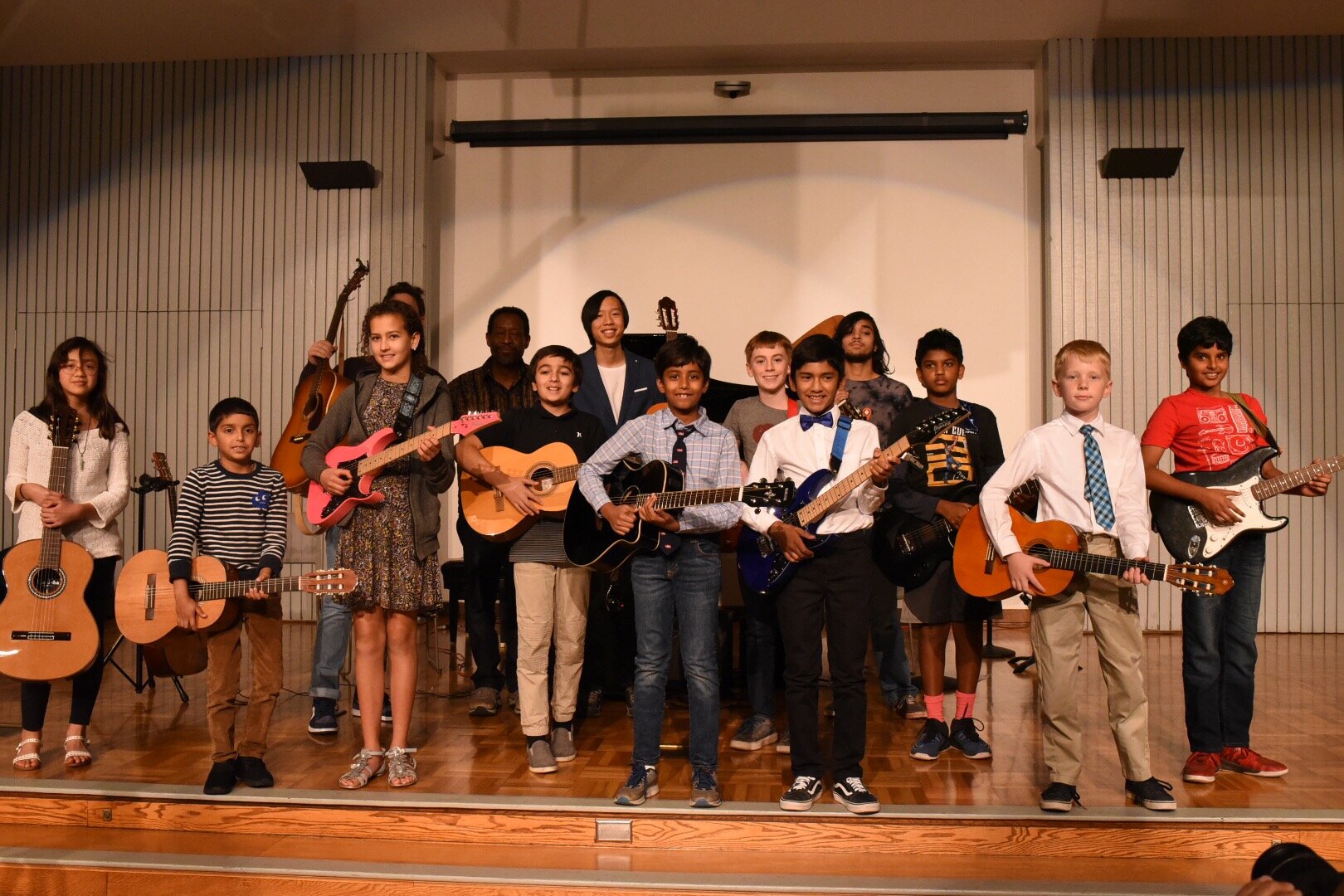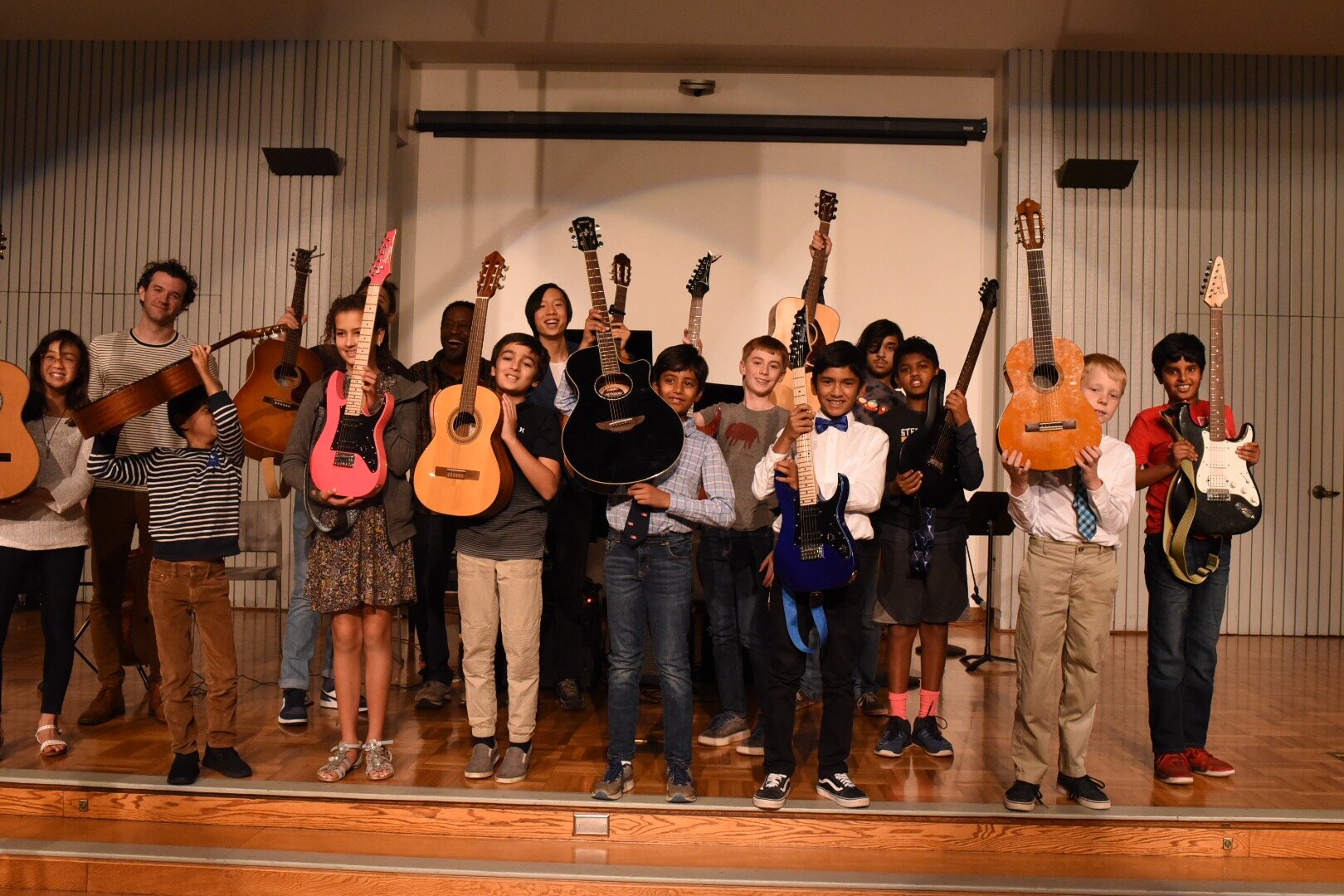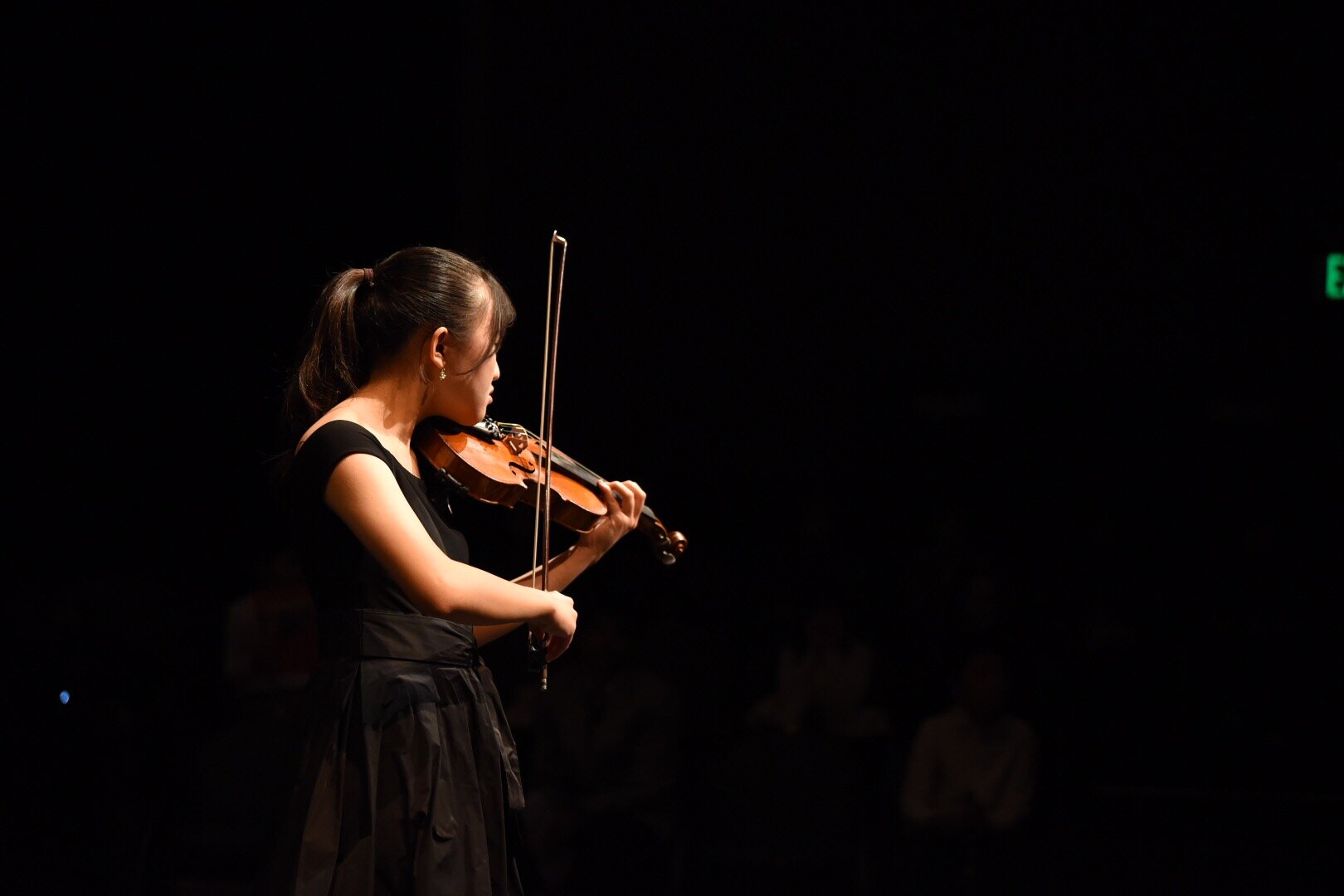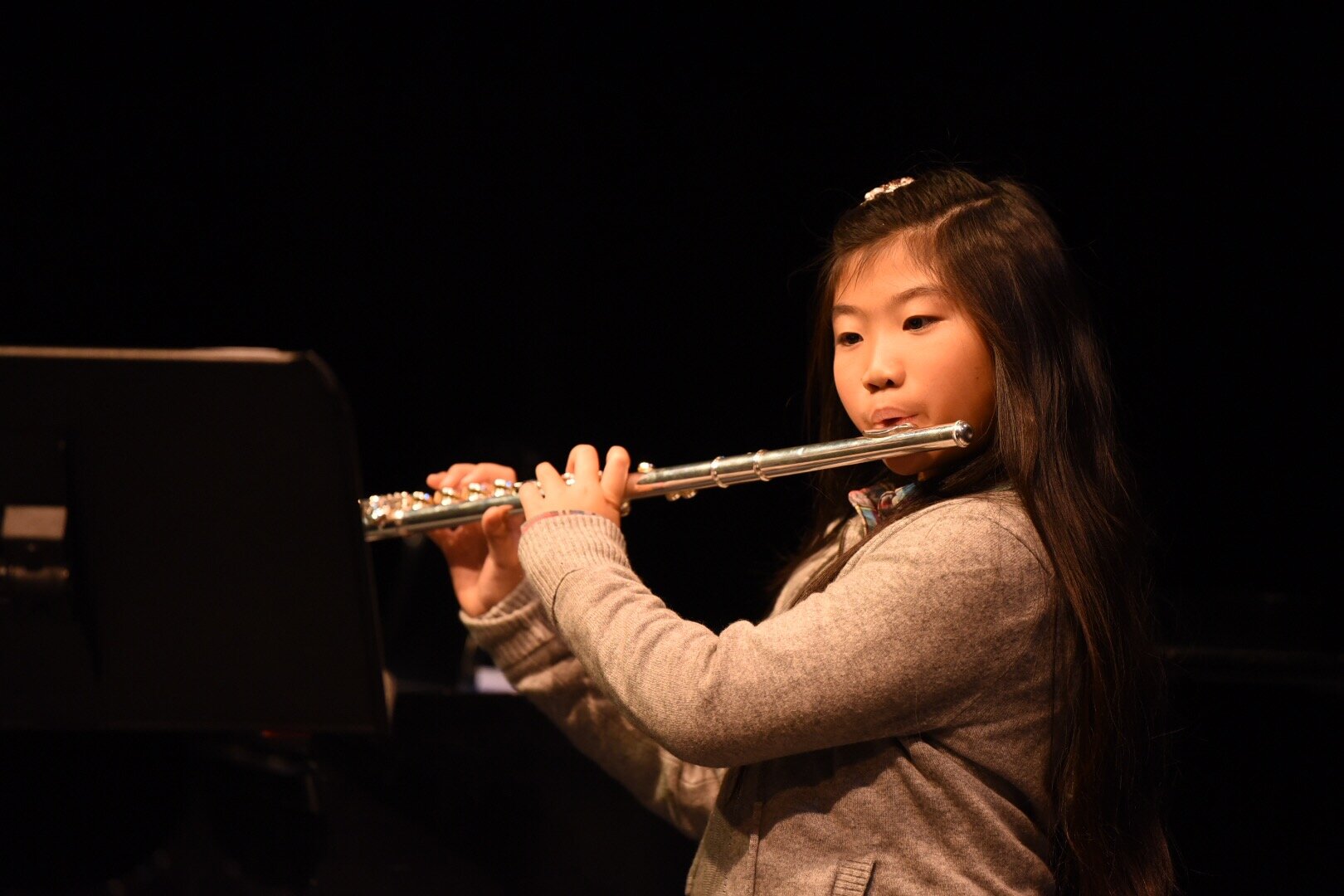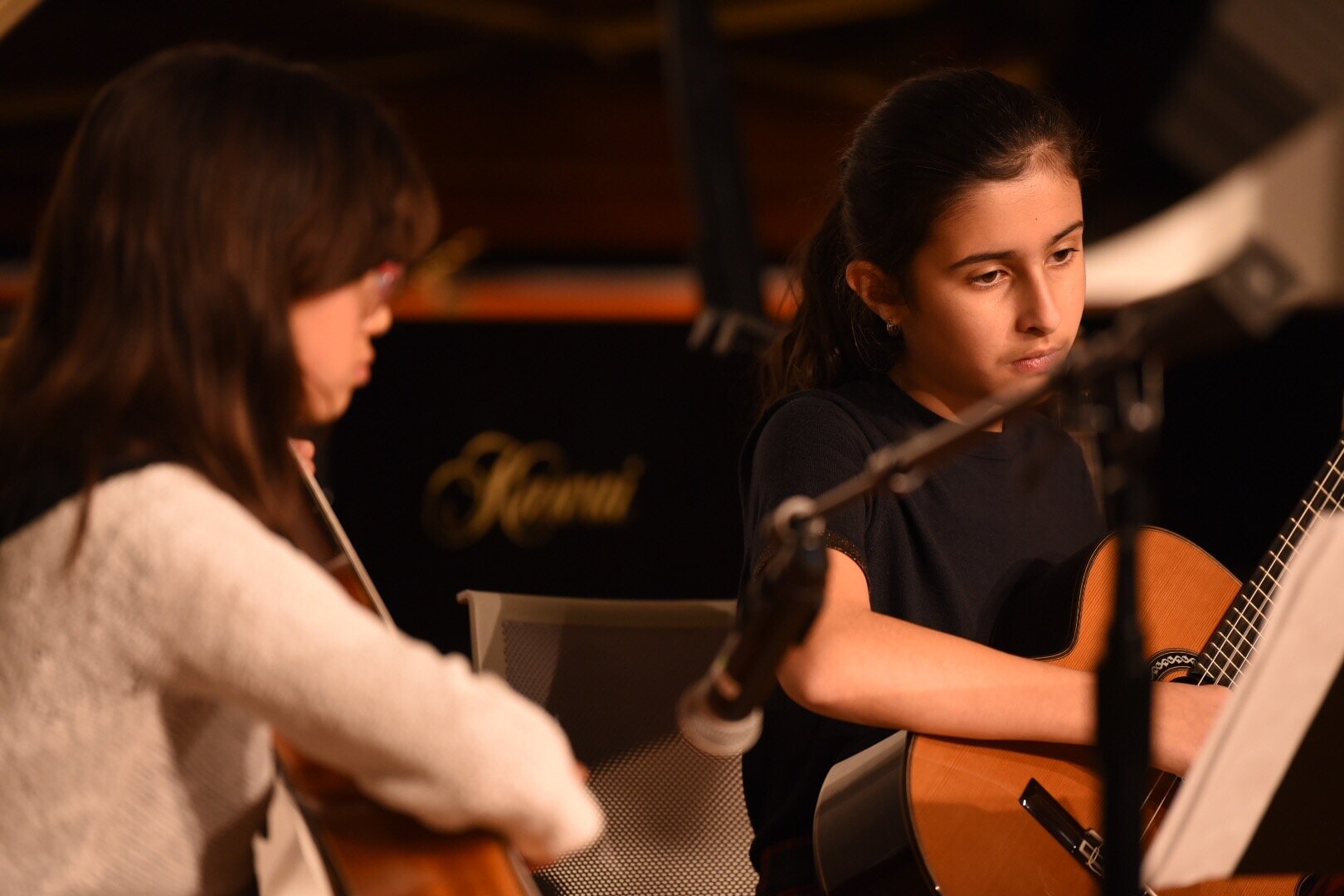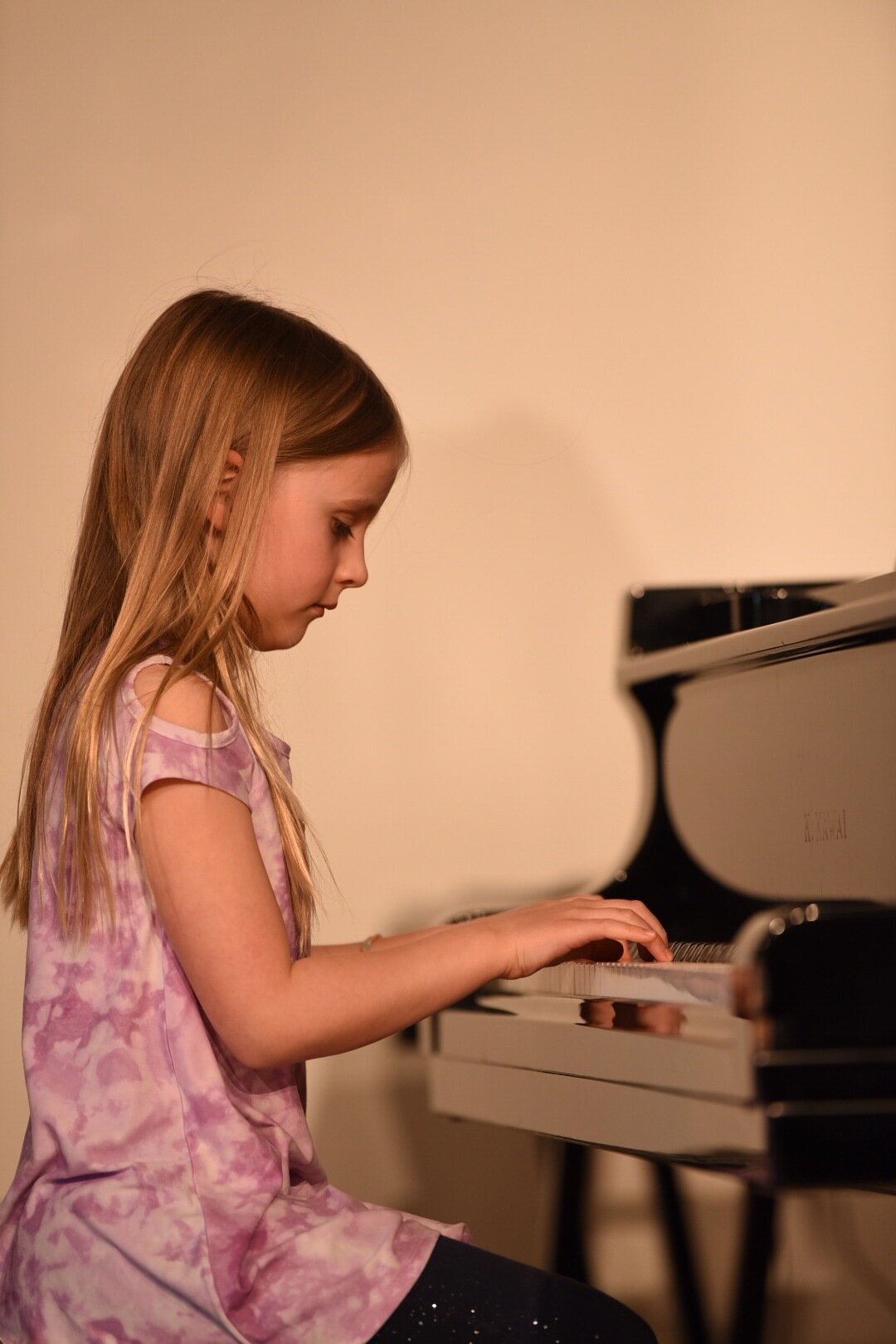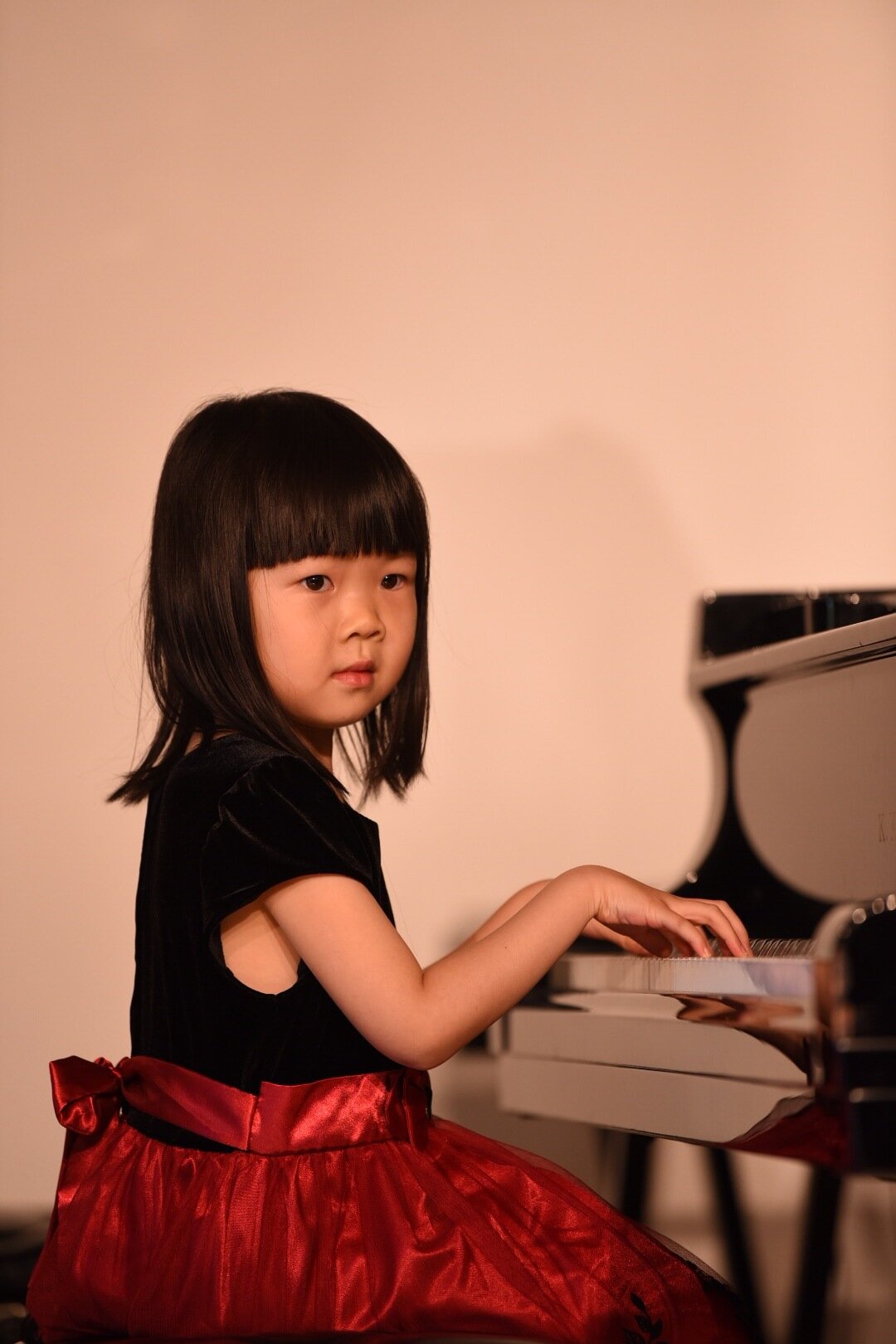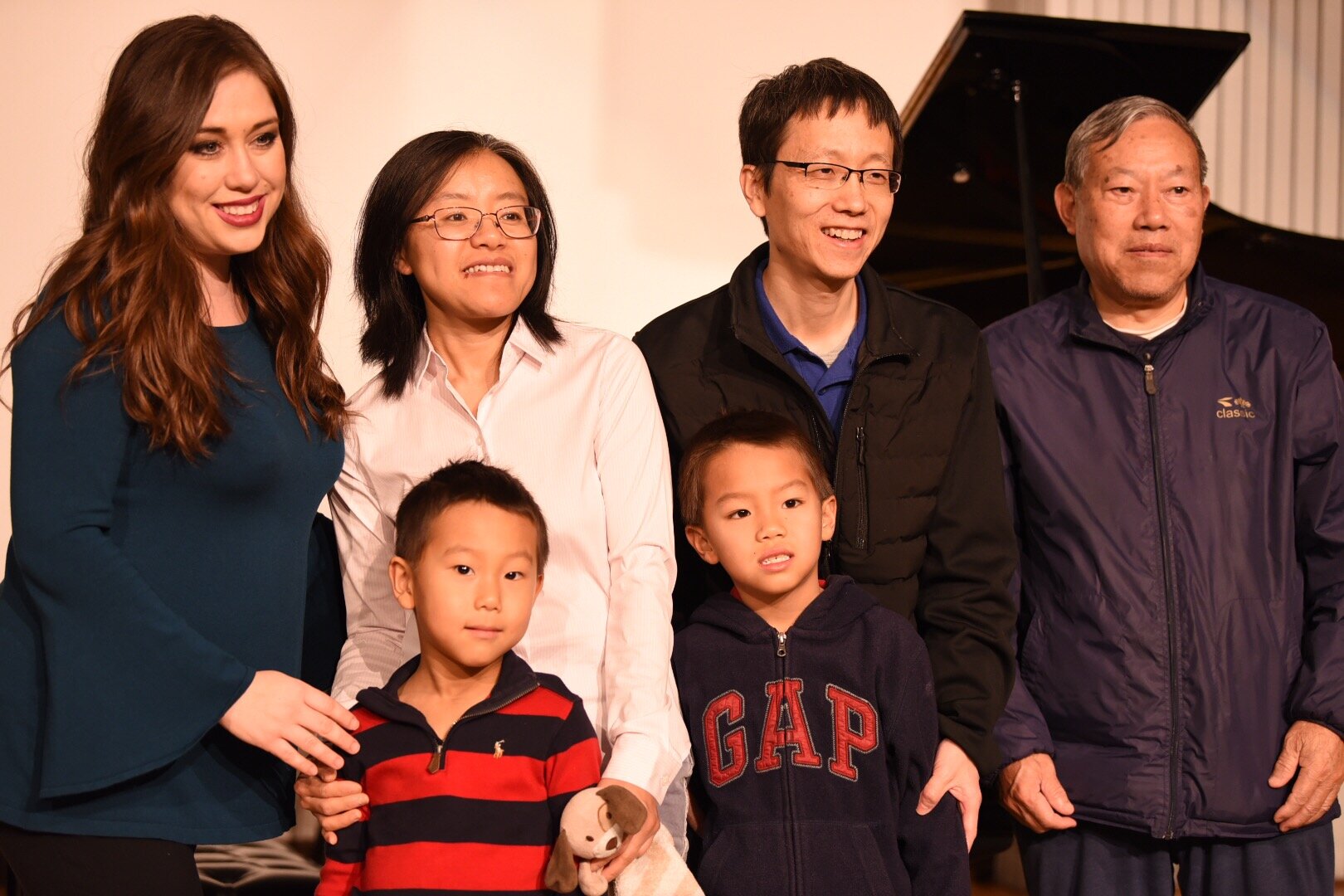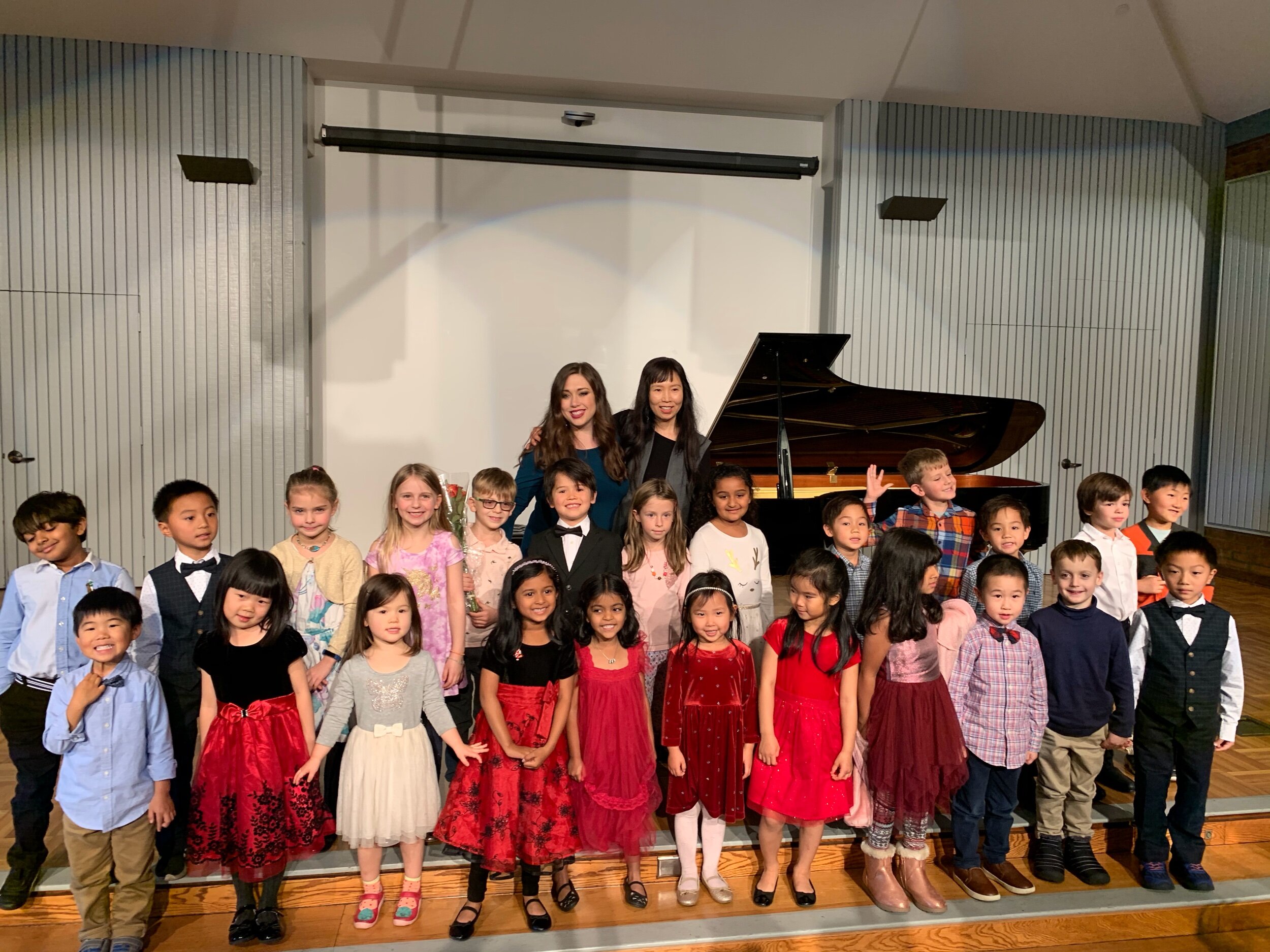1. How old were you when you started taking music lessons and which instrument did you start with?
I was 5 when I started violin lessons. Technically, my first “instrument” was a Kleenex box with four rubber bands strung around it that I made and then pretended to play like a violin around the house. Luckily, my parents got the picture and rented me a violin.
2. When did you start taking music seriously and who/what inspired you become a musician and music teacher?
I started to take music seriously when I joined a youth orchestra my freshman year in high school. The conductor, Randall Swiggum, made everything interesting and fun and was my biggest inspiration for becoming the musician and educator I am today. He would have handouts teaching specific sections of each piece using music theory and history. In rehearsal, he would paint a picture of the piece’s rich history by lecturing or watching videos. On top of this he always had high expectations for everyone, but by doing this he inspired and expected everyone to play their best. Pairing his teaching with the other extremely talented musicians, I became serious and competitive and decided I wanted to be a professional.
3. Tell us about your musical and teaching background.
My first teaching experience was helping tutor a college classmate in Aural Skills. I was still young (I think 19), but realized I enjoyed trying to solve each puzzle they brought. This turned into more tutoring sessions through both my Bachelor’s and Master’s programs and eventually turned into more theory tutoring and the creation of a small violin/viola studio that I maintained until I moved to the Bay Area.
4. What do you hope to achieve in teaching students?
Whether or not they choose to become a musical professional, I hope that music will teach them more than playing a piece of music. I hope to establish good practice habits and solid fundamentals, how to express themselves and teach them how to be accountable. I want them to know I am with them every step of the way until they are able to master it themselves.
All I ever hope is for my students to get a little slice of music to keep with them forever!
5. What do you love most about teaching?
I love making connections, having fun and seeing my students becoming the masters of their own successes!
Also, I love it when my students bring in something about music they have learned or created outside of lessons. One of my favorites was when I had a student bring in a piece he composed over his break and perform it for me (something I didn’t ask him to do!). We were both so proud of his work and I was happy that he was inspired to be creative in such a way.
6. Do you have a practice tip you want to share with our students?
Use your brain! Sometimes when we practice, we get stuck in repetitive patterns or watching the clock turn until our 30, 60, or 90-minute practice session is over. Instead try this: constantly use your brain while you play. For example, say to yourself, “I’m going to play this hard passage this time only thinking about my right hand, now my left hand, now my dynamics, now I’m going to put them together, etc…” Your brain will get quite the workout and you will realize you will learn the passage more quickly. Practicing like this produces better results more quickly than unfocused practice.
7. What do you enjoy doing when you’re not teaching, practicing, or performing?
I love to travel and go on adventures with my husband Taso. We both love learning, exploring, and trying new foods, so travel seems to hit all three! My favorite part from my last trip was hiking inside a gorge in Messinia, Greece.
